Hisense proves here that it can deliver products of really decent quality. The Hisense U7NQ is a television that offers many advantages, with its picture quality being one of its main assets. Thanks to Mini LED technology, this television offers deep blacks and high brightness, positively influencing contrast and image dynamics. Dolby Vision support further increases the capabilities of this model, providing cinematic experiences at home. When it comes to motion smoothness, the Hisense U7NQ is a great choice for gamers and those who appreciate dynamic content, such as sports. The rapid 144 Hz panel, low input lag, and additional features like VRR, ALLM, and Game Bar make gameplay on this television smooth and responsive. For daily usage, the television deserves praise for its high efficiency during the day. The high brightness level of 915 cd/m² means that the television performs well even in bright rooms, and additional features like the ability to record programs make it a very functional everyday choice. Despite all its advantages, the Hisense U7NQ also has its drawbacks. The VIDAA operating system, while fast, is not yet as developed as other platforms available on the market, resulting in the absence of several popular applications such as Spotify or Tidal. Gamers may be disappointed by the lack of support for HGiG, which affects the optimal reproduction of details in HDR games. If we plan to connect the television to a computer, we must reckon with issues related to font readability, especially on dark backgrounds. The Hisense U7NQ is a solid TV that offers very good picture quality and rich features for gamers. Despite a few shortcomings, it is a model that will satisfy most users, providing high picture quality, motion smoothness, and useful user features.
- Matching (Score)
- Our verdict
- TV appearance
- Where to buy
- Contrast and black detail
- HDR effect quality
- Factory color reproduction
- Color reproduction after calibration
- Smoothness of tonal transitions
- Image scaling and smoothness of tonal transitions
- Blur and motion smoothness
- Console compatibility and gaming features
- Input lag
- Compatibility with PC
- Viewing angles
- TV efficiency during daytime
- Details about the matrix
- TV features
- Apps
- Playing files from USB
- Sound
Hisense U7NQ vs SONY BRAVIA 3
Direct compare
Check the best price offer:
Hisense U7NQU7NQ
BRAVIA 3 / K-(XX)S3

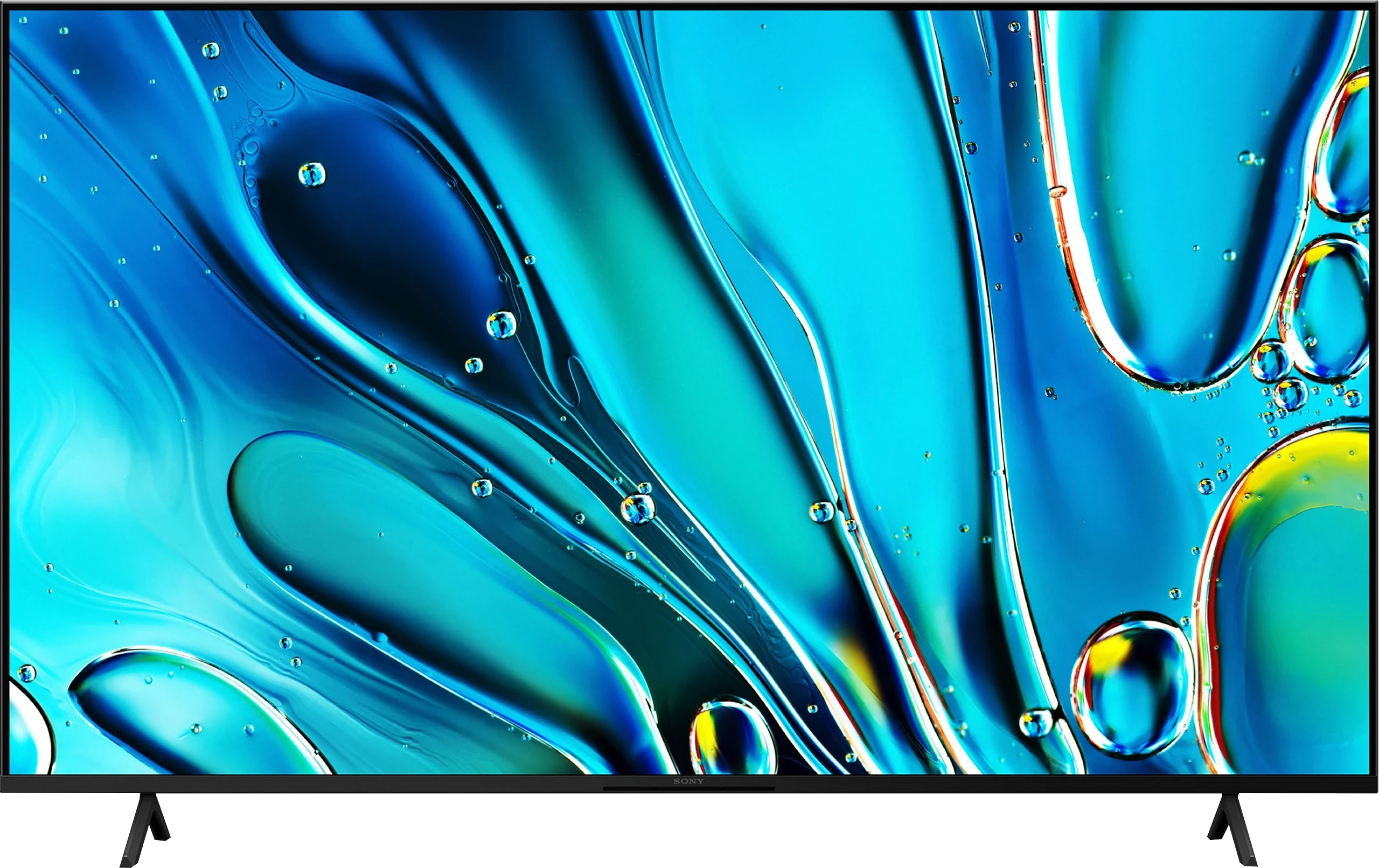
Panel type: LCD VA
Resolution: 3840x2160
System: VIDAA
Model year: 2024
Complete the survey to find out the result

Panel type: LCD IPS
Resolution: 3840x2160
System: Google TV
Model year: 2025
Complete the survey to find out the result

Overall rating
7.3
6.0
Movies and series in UHD quality
7.0
5.4
Classic TV, YouTube
6.7
5.3
Sports broadcasts (TV and apps)
6.4
5.7
Gaming on console
8.2
6.4
TV as a computer monitor
8.0
6.0
Watching in bright light
7.6
4.9
Utility functions
9.0
6.6
Apps
7.7
9.6
Sound quality
6.9
6.5
Complete the survey to find out what fits your preferences
Advantages
Good contrast
High brightness of the panel - good performance during the day
Very good for gamers, sports - VRR, ALLM 144Hz
Low input lag
Recording function from built-in tuners
Google TV system - a huge library of apps and services
IPS matrix with good viewing angles
Improved colors - (91% of the DCI-P3 color space)
Supports Dolby Vision
Good upscaling - lower quality materials look surprisingly good
Great input lag and ALLM mode
Very good compatibility with PC - supports chroma 4:4:4, excellent font readability
Two remotes included - a modern minimalist one and a classic one with a numeric keypad
Very good built-in media player - supports a wide range of files, even less common ones like HEIC
Slim bezels and modern look - a definite step forward compared to X75WL
Supports Dolby Atmos and DTS:X
Disadvantages
Not the best Image scaling and smoothness of tonal transitions
Tragic black - IPS panel without local dimming
Limited brightness (about 350 nits), image in HDR mode is not very attractive
Issues with backlight uniformity
Google TV system can stutter
No recording function from built-in tuners to USB memory
Our verdict
Sony Bravia 3 is a television that brings several important improvements over its predecessor, while still staying true to its core. The biggest change is the design – slim bezels and solid metal legs make it look modern and fit much better in a living room than the X75WL. Improved colors thanks to the PFS filter and really good upscaling are also a plus. It is in lower-quality content, especially in classic SDR, that the Bravia 3 can show its best side – colors look pleasant, the image is clean, and thanks to the IPS panel, the viewing angles are at a very good level. For a role as a "classic" television receiver, where viewing comfort from different places in the room and decent quality of everyday content matters, it is virtually perfect. A huge advantage is also the Google TV system. During our tests, there were instances where the interface did not always work as smoothly as we would have liked, and some functions could freeze. However, despite these imperfections, the presence of Google TV is a huge plus – access to thousands of applications and a full streaming library compensates for the minor shortcomings. Unfortunately, what was weak in the X75WL remains weak here too. The IPS panel has very low contrast and does not offer local dimming, making watching movies in a dark room quickly lose its appeal – the black resembles gray and effectively detracts from the enjoyment of viewing. Additionally, the option to record content to USB, which was available in the predecessor, has been removed. It’s hard not to notice this and not add it to the list of cons.
So who is the Bravia 3 for? Primarily for those who want to enter the world of Sony televisions in the most affordable variant and at the same time value the Google TV system. However, it is not the most attractive option in its class – the competition in this budget can offer models with Mini-LED backlighting, whose image performs significantly better in terms of contrast and HDR. Therefore, the Bravia 3 is worth keeping in mind, but mainly when there is a solid discount. At its regular price, it will be very difficult to stand out against its more competitive rivals.
TV appearance




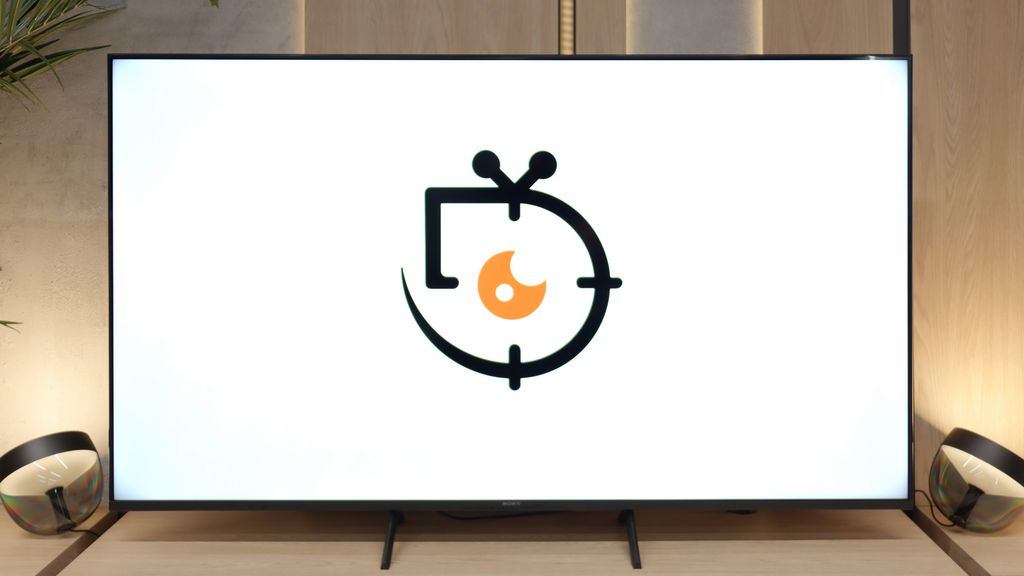
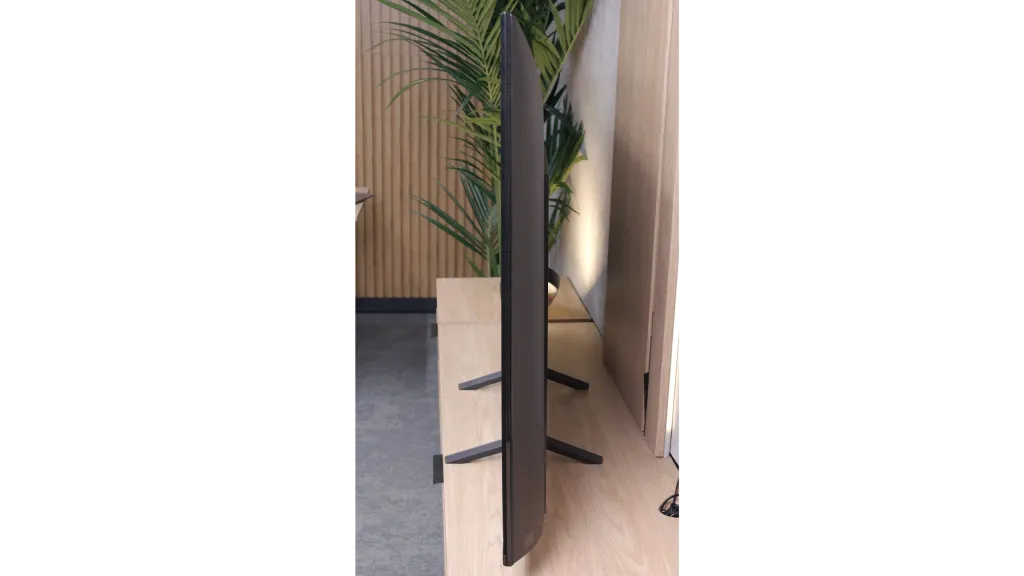
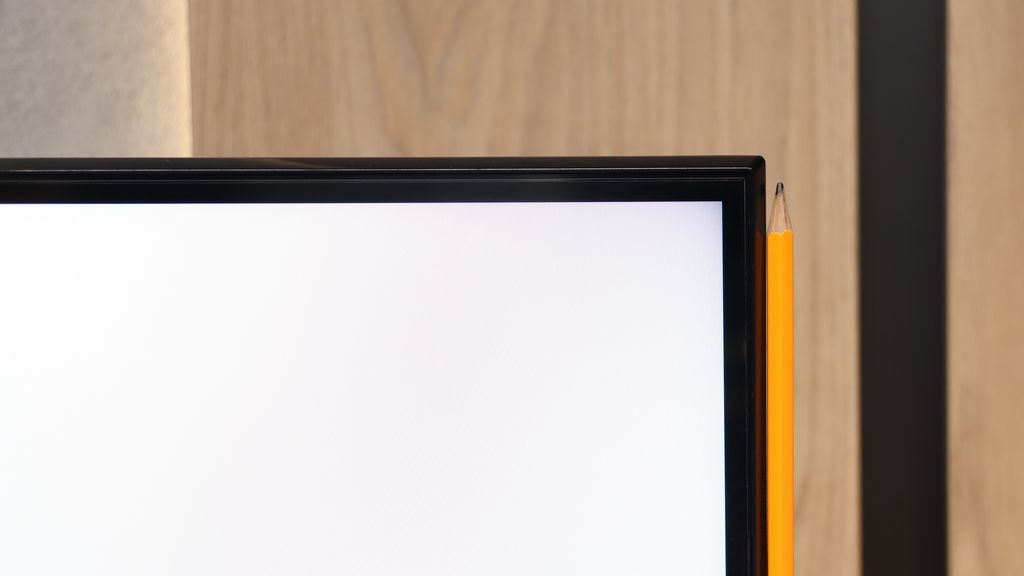
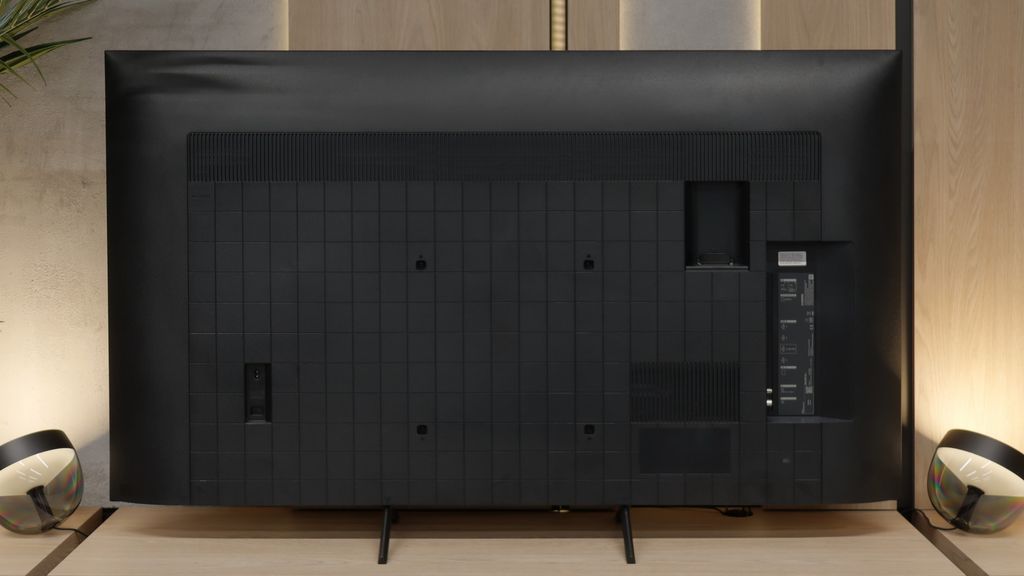
Contrast and black detail
7.2/10
2.2/10
Local dimming function: Yes, number of zones: 713 (31 x 23)
Local dimming function: No
Contrast:

Result
40,750:1

Result
42,600:1

Result
12,000:1

Result
12,150:1

Result
3,450:1

Result
1,150:1

Result
1,150:1

Result
1,050:1

Result
1,050:1

Result
900:1
Halo effect and black detail visibility:

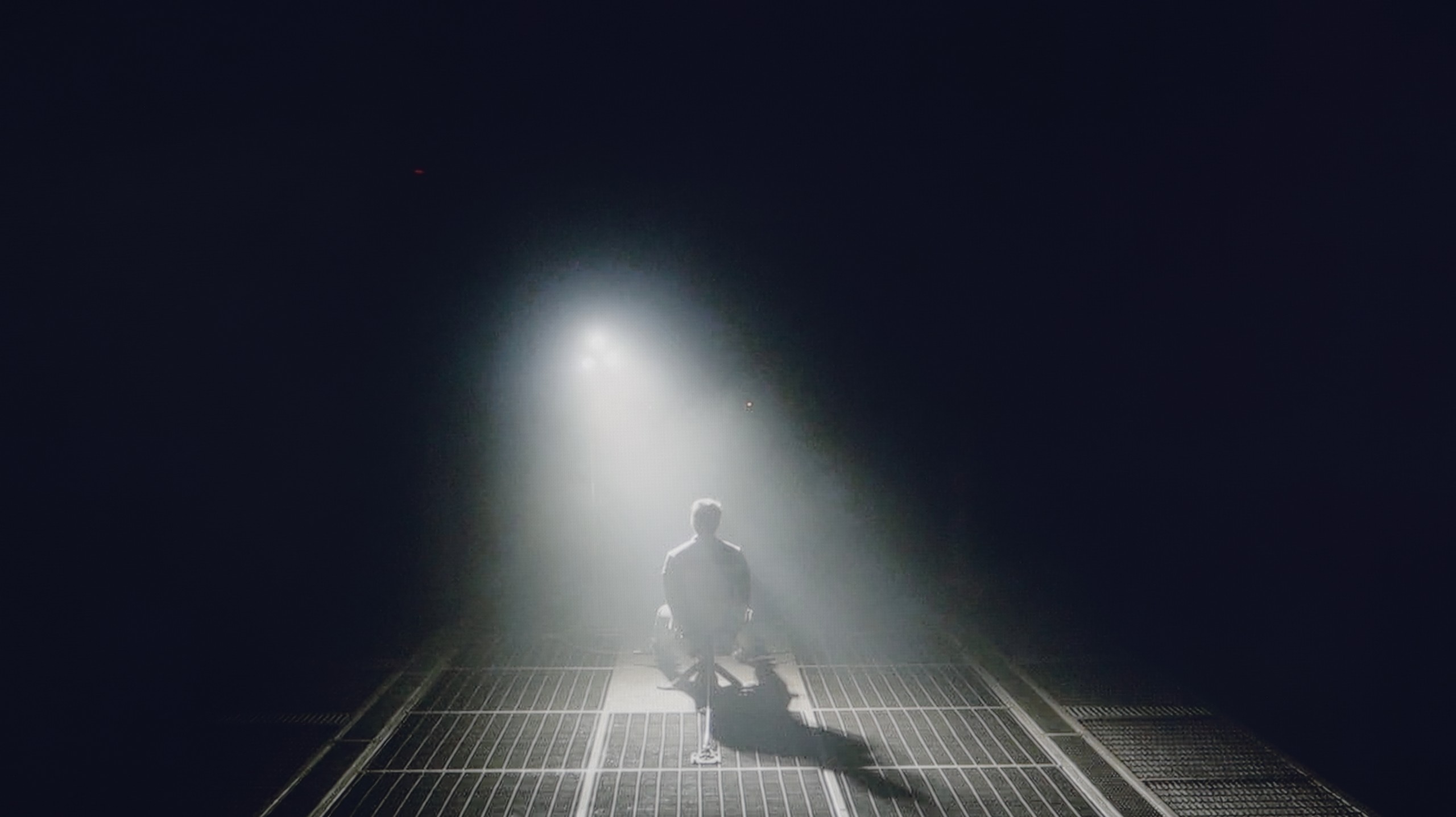
Hisense U7NQ is a television that uses a VA panel, crucial for achieving good contrast and appropriate black depth. This technology translates into vivid image quality when watching content in a dark room, where blacks acquire proper saturation and resemble deep tar rather than washed-out ash. Moreover, the TV features Mini LED backlighting, which in the tested 65-inch variant offers an impressive number of 713 local dimming zones. Naturally, smaller sizes will have fewer zones, while larger ones will have more, positively affecting overall contrast.
Under very favourable conditions, the TV achieves a contrast ratio of around 40,000:1. The local dimming technology performs excellently at managing bright and dark parts of the image, making the TV superbly render details in complex scenes. Despite the large number of zones, there may be issues with contrast in particularly demanding scenes, where small bright elements appear against a dark background. Sometimes the TV may dim these elements too much, causing a loss of brightness, and other times it excessively brightens them, leading to a halo effect—glows of light surrounding objects. This effect can be noticeable, for example, in a scene from the movie Sicario 2, where bright glows around the subtitles can be bothersome.
Nevertheless, the use of Mini LED technology with local dimming makes the overall image quality significantly better than in televisions without this technology. The effect is particularly noticeable when watching movies in a dark room—the blacks are deeper, and the contrast is more pronounced, allowing a full appreciation of details hidden in dark shots.
Bravia 3 in most variants, including the 65-inch model we tested, uses an IPS panel and unfortunately, this is not the best news for those who value depth of image and truly velvety blacks. This technology has its advantages, as it offers decent viewing angles, but this comes at the cost of very low contrast, which is especially noticeable during evening screenings when we expect the screen to go dark where it should. However, this is not the end of the list of problems. Our unit also showed noticeable inconsistencies in black levels, which exacerbate the effect of its shallowness. For example, in the scene with the helicopter, the light bleed in the corners of the screen and noticeable vignetting are clearly visible.
It’s hard not to think that even a simple local dimming system could save the situation and add a bit of drama to the picture, which is lacking here. Unfortunately, Sony did not opt for such a solution and as a result, we have a repeat of last year's performance. Bravia 3 is therefore not a television that will enchant with cinematic depth of black. At night, instead of intense black, we will rather see gray pretending to be darkness, which may disappoint more demanding viewers.
HDR effect quality
5.9/10
4.6/10
Luminance measurements in HDR:

Result
1023 nit

Result
290 nit

Result
637 nit

Result
198 nit

Result
907 nit

Result
316 nit

Result
327 nit

Result
369 nit

Result
236 nit

Result
379 nit
Scene from the movie “Pan” (about 2800 nits)

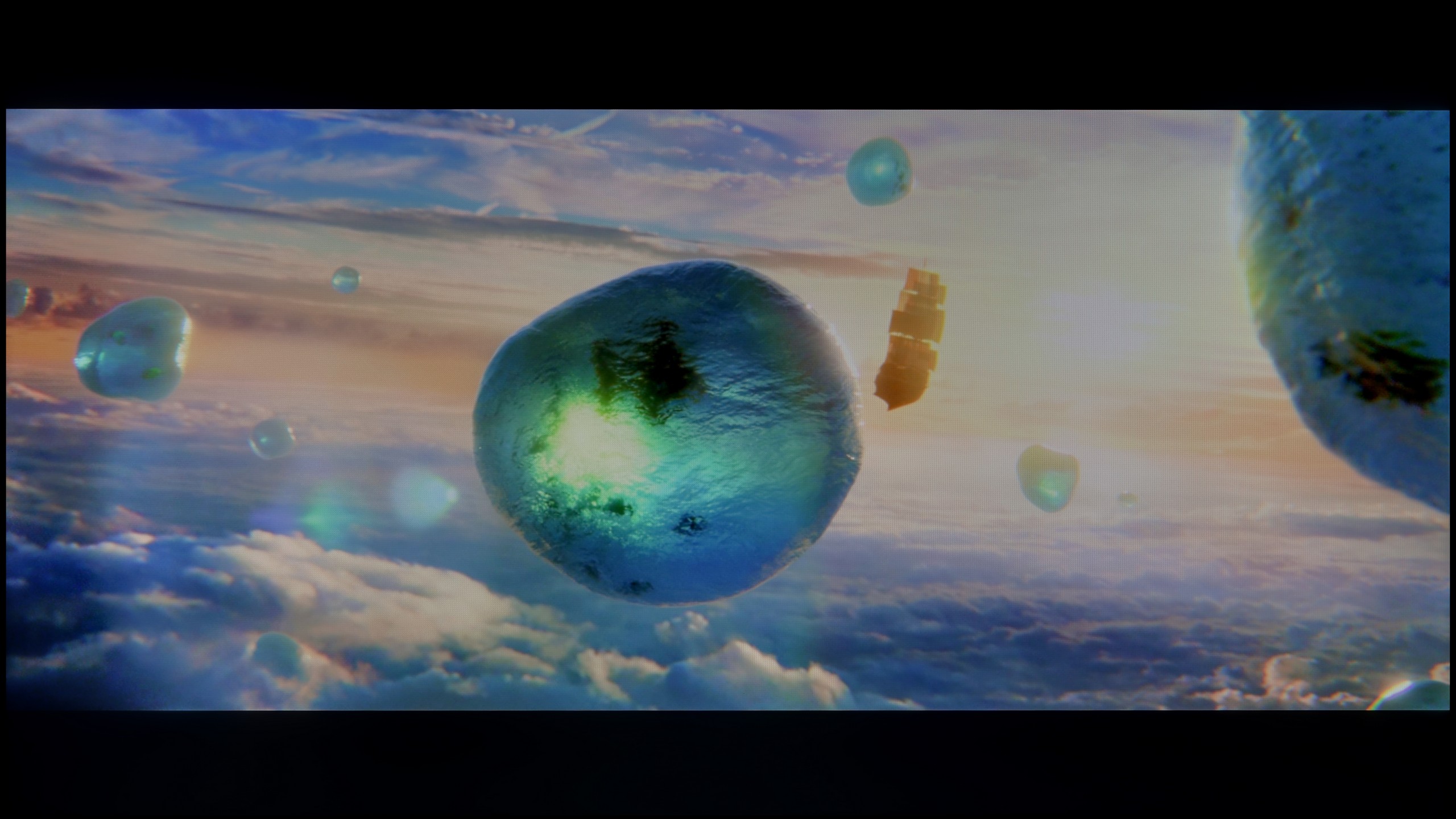
Scene from the movie “Billy Lynn” (about 1100 nits)


Static HDR10


Dynamic: Dolby Vision
Dynamic: Dolby Vision


HDR luminance chart:
SONY BRAVIA 3
HDR luminance
Hisense U7NQ
HDR luminance
The Hisense U7NQ 65 television demonstrated significant capabilities on the luminance chart, exceeding the 1000-nit barrier and achieving very high brightness results without issue in the first, third, and fifth test scenes. However, as before, in the second and fourth test scenes, for example from the film Sicario 2, there are significant problems with maintaining brightness, and the results around 200 nits are very disappointing. Despite a large number of dimming zones, the algorithm in the television responsible for controlling these zones is unable to react appropriately — in this case, it significantly dims small elements like the moon or the light from a helicopter. The bright light that should blind us is too dim to be called an HDR effect. Nevertheless, it is worth praising the television for its high coverage of the DCI-P3 colour gamut at 96%, which allows it to accurately reproduce most film scenes.
Bravia 3 does not hide the fact that it belongs to the group of televisions that are rather modest in terms of brightness. Our measurements showed around 370 nits, which is a value balancing on the borderline where one can still speak of any HDR effect. For some, this is an acceptable level; for others, it is rather typical for SDR materials, where spectacular highlights or vivid contrasts are not expected. The impression is that this is not a television for those focused on the highest image quality in demanding film content. However, this does not mean that we won't find any advantages here. Compared to its predecessor, the X75WL, Bravia 3 has gained an additional PFS filter, functioning similarly to solutions known from QLED technology. Thanks to this, the DCI-P3 color gamut has been significantly expanded and reaches over 91 percent, which in practice provides more saturated colors and a more pleasant image texture. As a result, even everyday content looks a bit livelier, and movies and series can surprise with their colorful presentations, despite the limitations in brightness itself.
Factory color reproduction
6.4/10
5.8/10


Factory Mode
After calibration


Factory Mode
After calibration
The Chinese manufacturer offers various picture settings with its televisions, but the best mode in this model is undoubtedly the Filmmaker Mode. Despite its name, this mode has its issues: the white balance, although roughly correct, is characterized by a strong dominance of warm tones due to the kick of red colour, both in 4K and HD materials. The Colour Checker test confirms these errors — deviations in samples are visible in inappropriate shades. As for the brightness characteristics, the gamma responsible for HD materials shows values below 2.4, leading to some brightening of the screen. Meanwhile, the EOTF curve shows the television's problems with displaying small light elements, as confirmed by the previously described paragraphs.
We primarily tested the Sony Bravia 3 in movie mode, which immediately proved to be the best choice among the factory settings. The picture is not perfect, but compared to the eco mode that the TV suggests right out of the box, the difference is significant and for the better. In movie mode, one can notice a certain problem—the image seems too warm, which results from a lack of blue in the white balance. Despite this, in SDR content, the final effect can still be considered quite decent and satisfying for everyday viewing. Much more serious errors occur in HDR materials. The Color Checker analysis showed significant deviations, and poor brightness management combined with limited color gamut coverage further exposes the shortcomings of the image in this mode. All of this makes HDR on the Bravia 3 look unconvincing and can spoil the impression left by the quite decent SDR content settings. Fortunately, this is not a situation without a solution. Various errors can be somewhat mitigated, and some can even be completely corrected through professional calibration. Therefore, we decided to check how the TV would perform after such adjustments.
Color reproduction after calibration
7.8/10
7.5/10

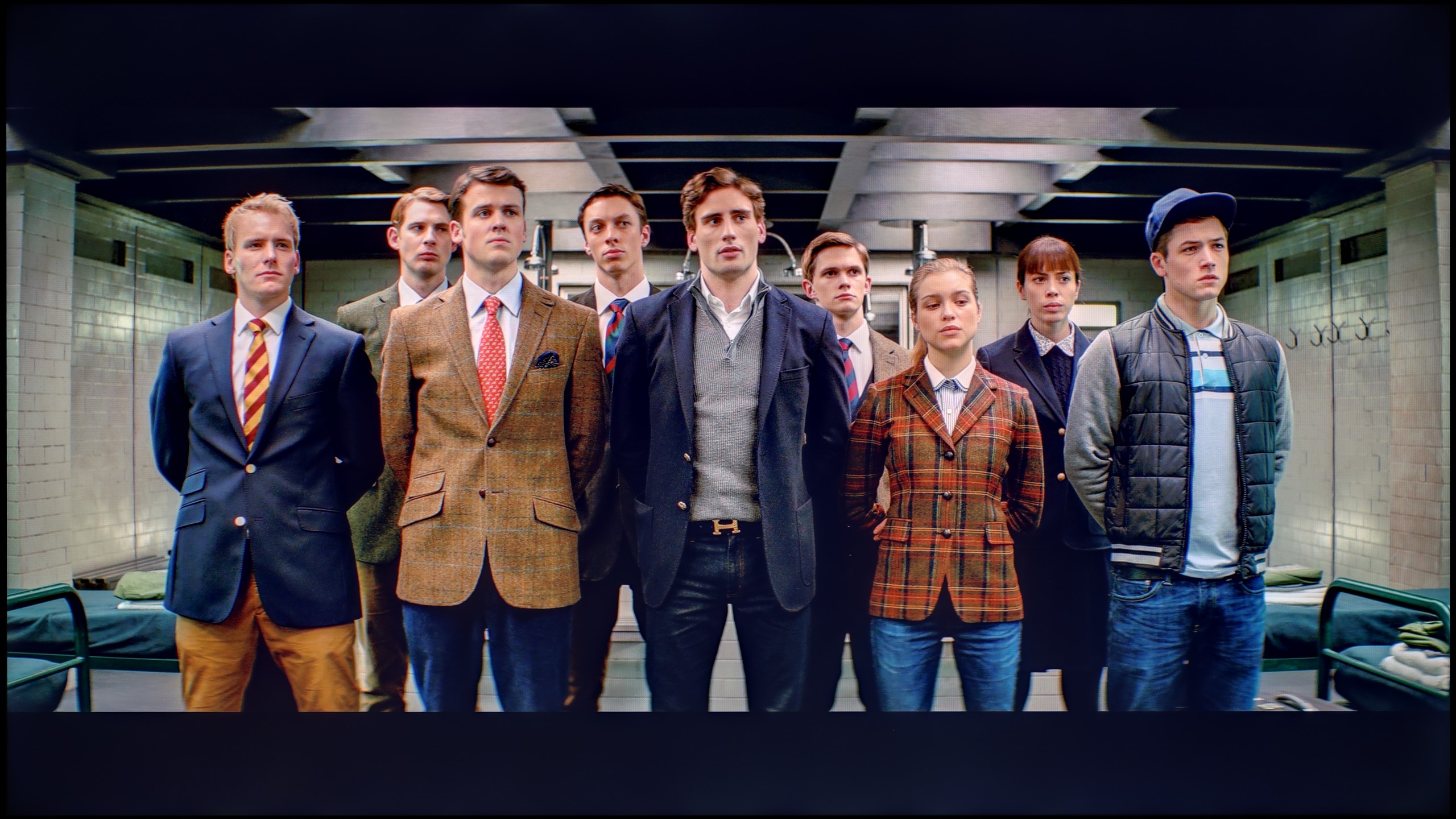


Hisense televisions offer many tools for image correction, allowing users to adjust settings to their preferences. Therefore, we decided to utilize these capabilities to bring the image quality closer to reference standards. In the case of white balance, we managed to eliminate the dominance of red, resulting in more neutral colours, which allowed for a more realistic image in both 4K and HD materials. A similar improvement was noticed in the brightness characteristics. Gamma, which previously led to excessive screen brightness, was corrected, contributing to better detail representation in the darker areas of the image while maintaining a natural tonal balance.
However, the biggest challenge was the calibration of the EOTF curve, which is responsible for brightness in 4K materials. At first glance, the EOTF value appeared almost perfect, but detailed tests showed a slightly different outcome. Upon closer inspection—especially using the filter on the right side of the EOTF chart—we noticed how the television manipulated 4K film materials, often significantly boosting brightness. This effect was particularly noticeable in scenes from films such as Pan and Billy Lynn, where the television attempted to artificially increase the brightness of elements, affecting their naturalness. Despite these imperfections, the calibration yielded positive results, especially in terms of tonal improvement. For most users, the final effect should be satisfactory, especially if they aim to bring image quality closer to professional reference standards.
The calibration allowed us to extract significantly more from ChooseTV 3 than we could have expected at the beginning. First and foremost, we managed to address the shortage of blue color, which previously caused a noticeable warming of the image. After a slight adjustment in white balance, most of the errors in Color Checker measurements for SDR content practically disappeared. The shades of white gained a natural quality, and brightness management in gamma stabilized to a level that is nearly perfect, not exceeding the threshold of human eye perception. Therefore, it can be confidently said that in SDR content, after a few tweaks in settings, ChooseTV 3 performs really excellently. HDR content, however, fares much worse, although it is still definitely better than before calibration. The white balance has been corrected, but the limitations of the IPS panel are insurmountable. The lack of local dimming means that even the smallest elements can be overexposed, which immediately stands out. Color-wise, the effect has also improved, although it is far from ideal—many errors still exceed the threshold of four or even five delta E units, meaning they remain visible to the human eye. It was already clear before that ChooseTV 3 is not a television designed to amaze with HDR quality. Nonetheless, it is gratifying that in SDR content, after calibration, the image can look really great, and in this category, the television pleasantly surprised us.
Smoothness of tonal transitions
9.1/10
8/10












Hisense U7NQ offers excellent fluidity of tonal transitions. Overall, the image is very well balanced, and transitions between different shades of colors are nearly flawless. For more discerning viewers, small joinings in darker hues can be detected; however, these imperfections are minimal and do not significantly affect the overall picture quality. Tonal fluidity is at a very high level, making viewing content on this television particularly enjoyable, with no noticeable problems with gradients and color transitions.
In terms of the fluidity of tonal transitions, Bravia 3 performs really well. In brighter scenes, we did not notice any significant errors – the screen handles color blending almost perfectly and does not create artificial contours that can spoil the viewing experience. Also, in darker segments, there are no major issues with color gradation, though another problem arises here. Strong brightening and uneven backlighting of the panel in dark scenes make it difficult to unequivocally evaluate the gradation itself, as the effect is spoiled by the unevenness of the image. However, when we focus solely on color blending, the result can be considered very good.
Image scaling and smoothness of tonal transitions
5.5/10
7/10
Smooth transition function

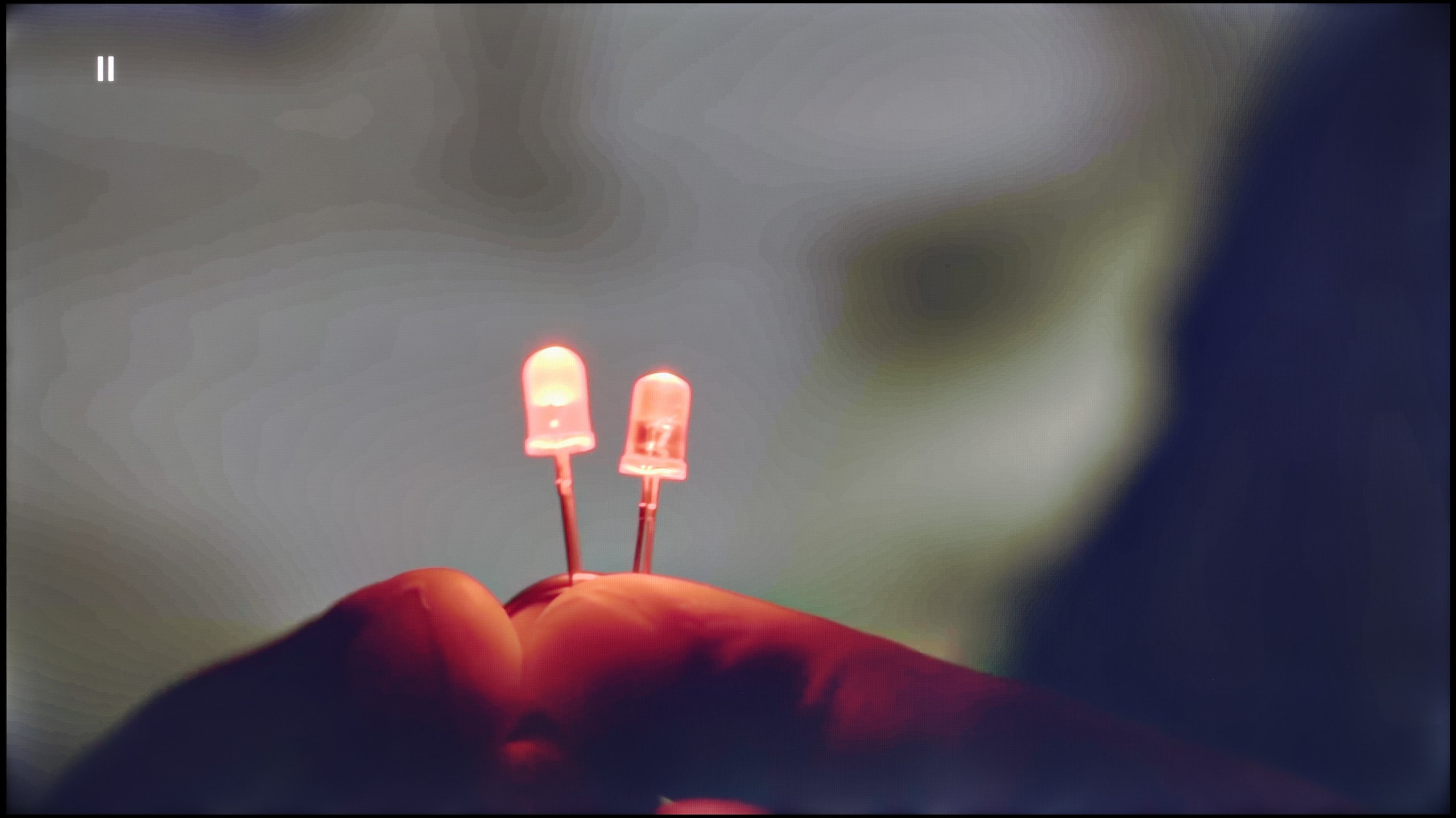
Image without overscan on the SD signal


When it comes to smoothing tonal transitions, despite the presence of the "Smooth and Gradient Image" feature in the test sequence, we did not notice that the feature added anything — we recommend turning it off. As for upscaling, the television handled our model well, and the branches in the background are not excessively jagged — the image seems quite plastic. However, it was slightly cropped by the so-called overscan.
Bravia 3 brings something more to the Sony television family than just a common name. It stands out primarily for its ability to improve the quality of weaker materials thanks to the applied processor. Of course, we won't find the advanced XR chip known from more expensive models here, but it must be acknowledged that the image at a lower resolution looked surprisingly good. Scaling worked effectively, and most parts of the screen were free from the typical excessive jagged edges found in budget constructions.
The feature that enhances the fluidity of tonal transitions is also worth noting. In the high setting, it works really well, effectively masking the imperfections of gradation without significant loss of detail. It does happen that the algorithm overly smooths elements that should remain sharp – for example, faces – however, in overall terms, the effect is beneficial. The best results were achieved precisely at the highest setting, and this option could be recommended to those watching lower-quality content.
Blur and motion smoothness
7.3/10
5/10

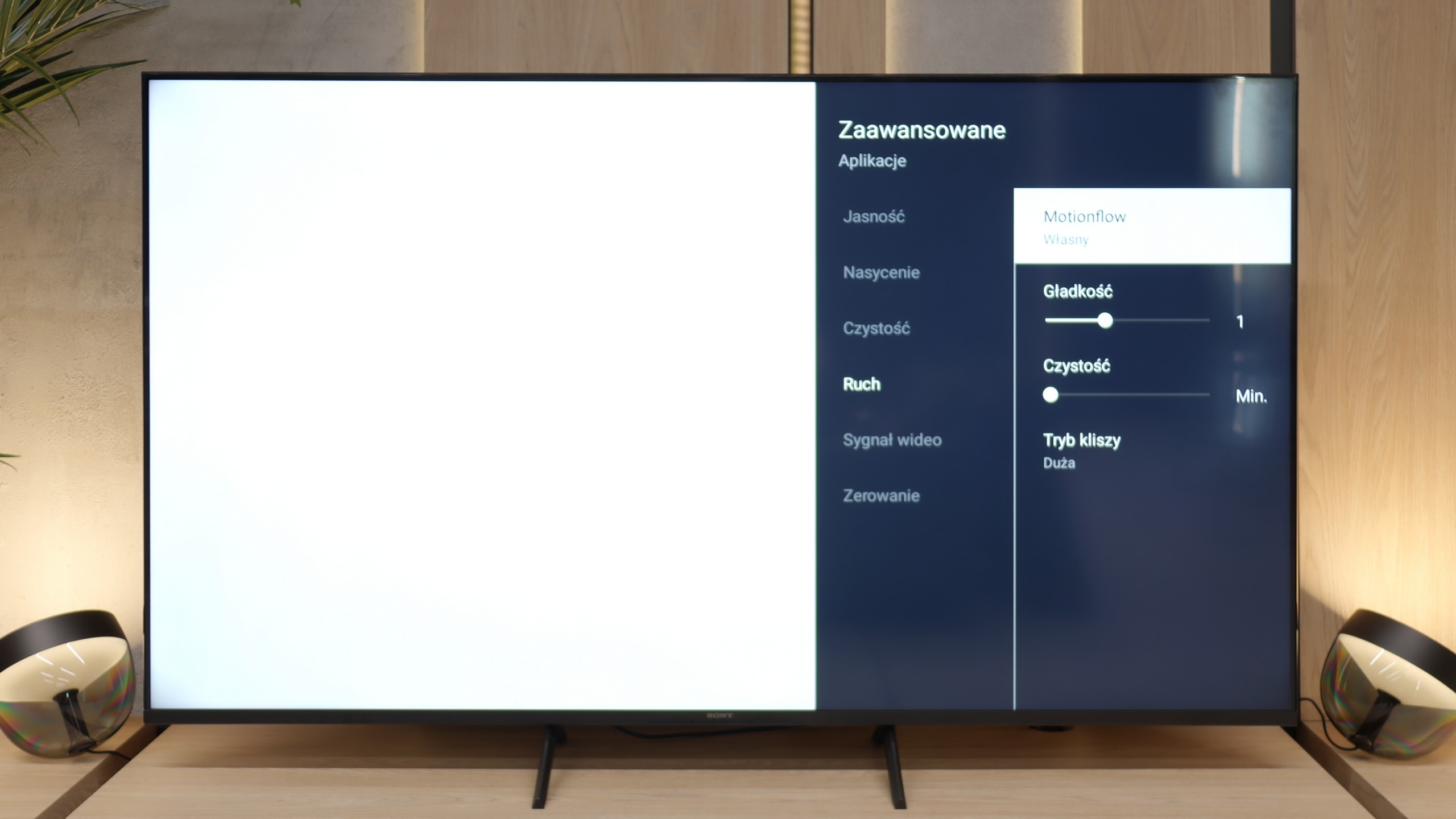
Blur (native resolution, maximum refresh rate):



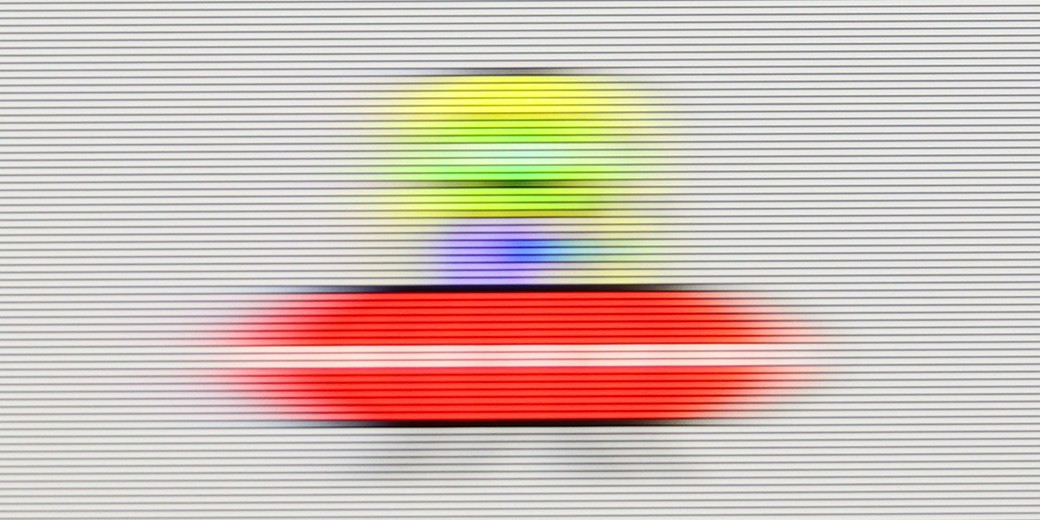
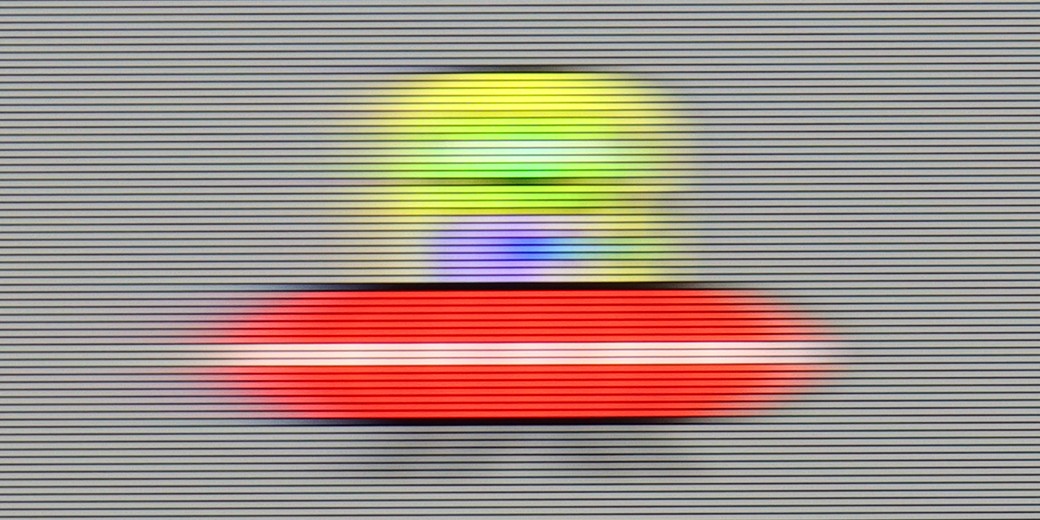
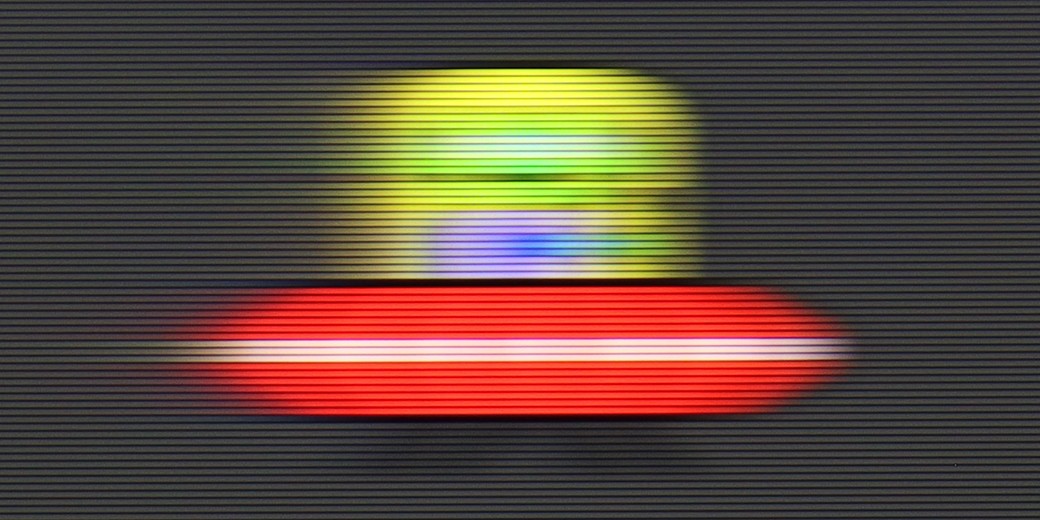
Blur (BFI function enabled):



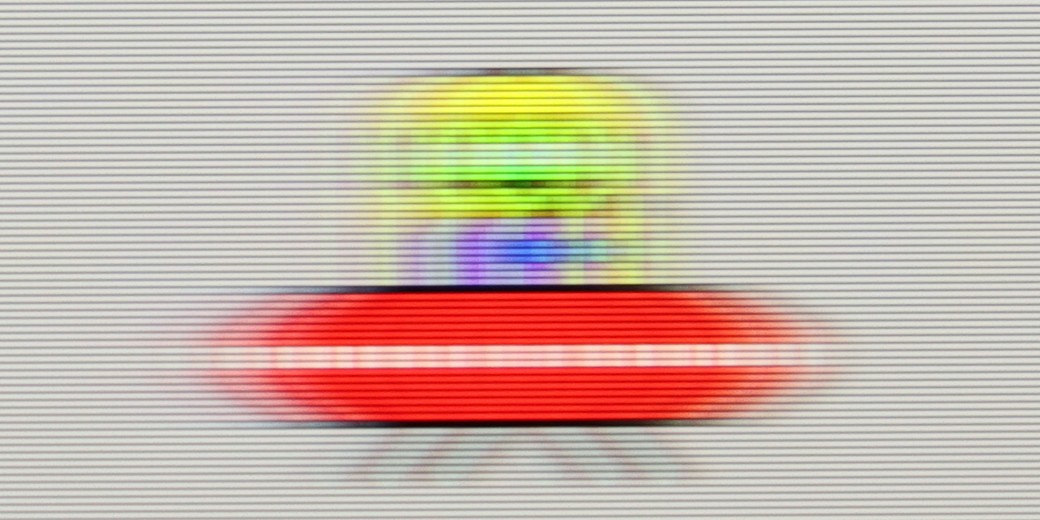
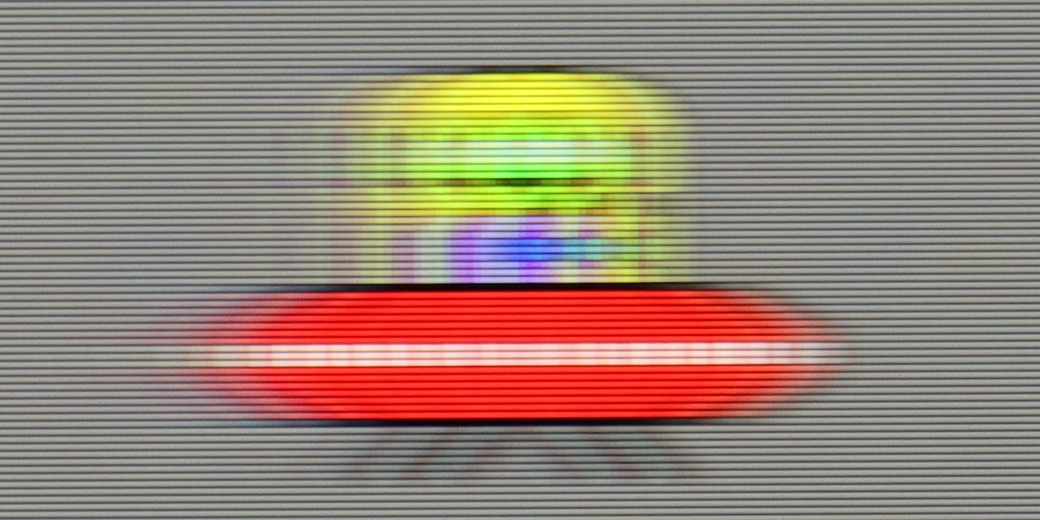
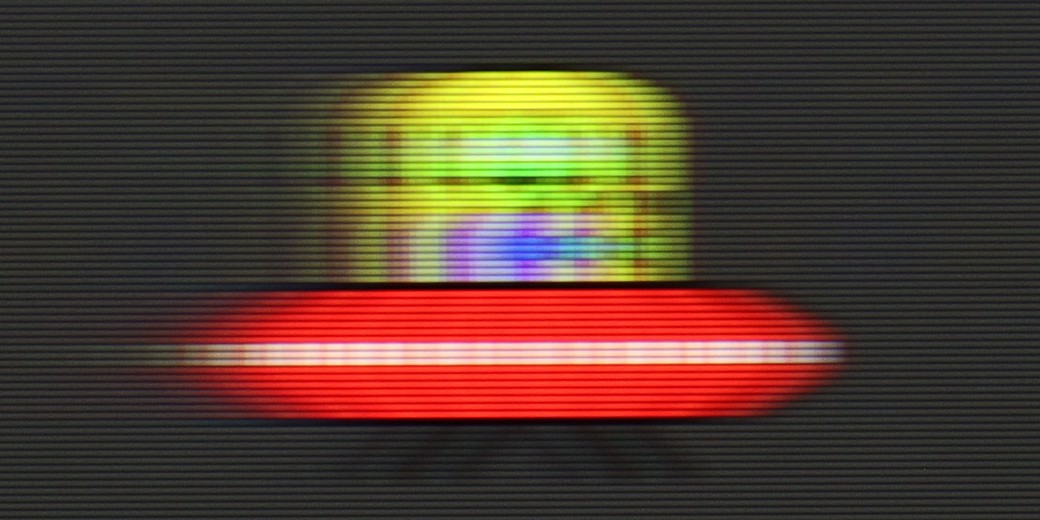
Hisense U7NQ has a refresh rate of 144 Hz, which definitely contributes to smooth motion. For movie enthusiasts, there are two features available: judder reduction and motion blur reduction. The judder reduction feature minimizes the effect of so-called judder, which is the unpleasant stuttering of the image, particularly noticeable at lower frame rates. On the other hand, motion blur reduction helps sharpen fast-moving objects, which is useful when watching dynamic action scenes.
As for motion blur, the TV has a decent response time, so excessive blurriness is not visible, except in specific situations, such as the test with the little green alien on a dark background. In such cases, slight artifacts may appear, but overall, the TV handles dynamic images well, providing satisfactory motion quality.
The fluidity of motion has never been a strong point of TVs equipped with 60 Hz panels, and the Bravia 3 is no exception. Nevertheless, Sony has added something that might appeal to those who are more sensitive to the way images are displayed. We are talking about the proprietary Motion Flow motion smoother, which offers users a lot of adjustment options. Thanks to it, one can make the image smoother, even theatrical, or stick to a more cinematic style with the characteristic stuttering that many simply associate with the film atmosphere. These features work with content at lower frame rates, such as movies and series recorded at 24 or 30 frames per second, which are the materials we encounter on a daily basis. It is precisely in this area that the motion smoother proves to be one of the most important features in everyday use of the television, and here the Bravia 3 performs really well.
Console compatibility and gaming features
8.5/10
4/10
- ALLM
- VRR
- VRR range48 - 144Hz
- Dolby Vision Game Mode
- Correct implementation of HGIG
- 1080p@120Hz
- 1440p@120Hz
- 4K@120Hz
- Game bar

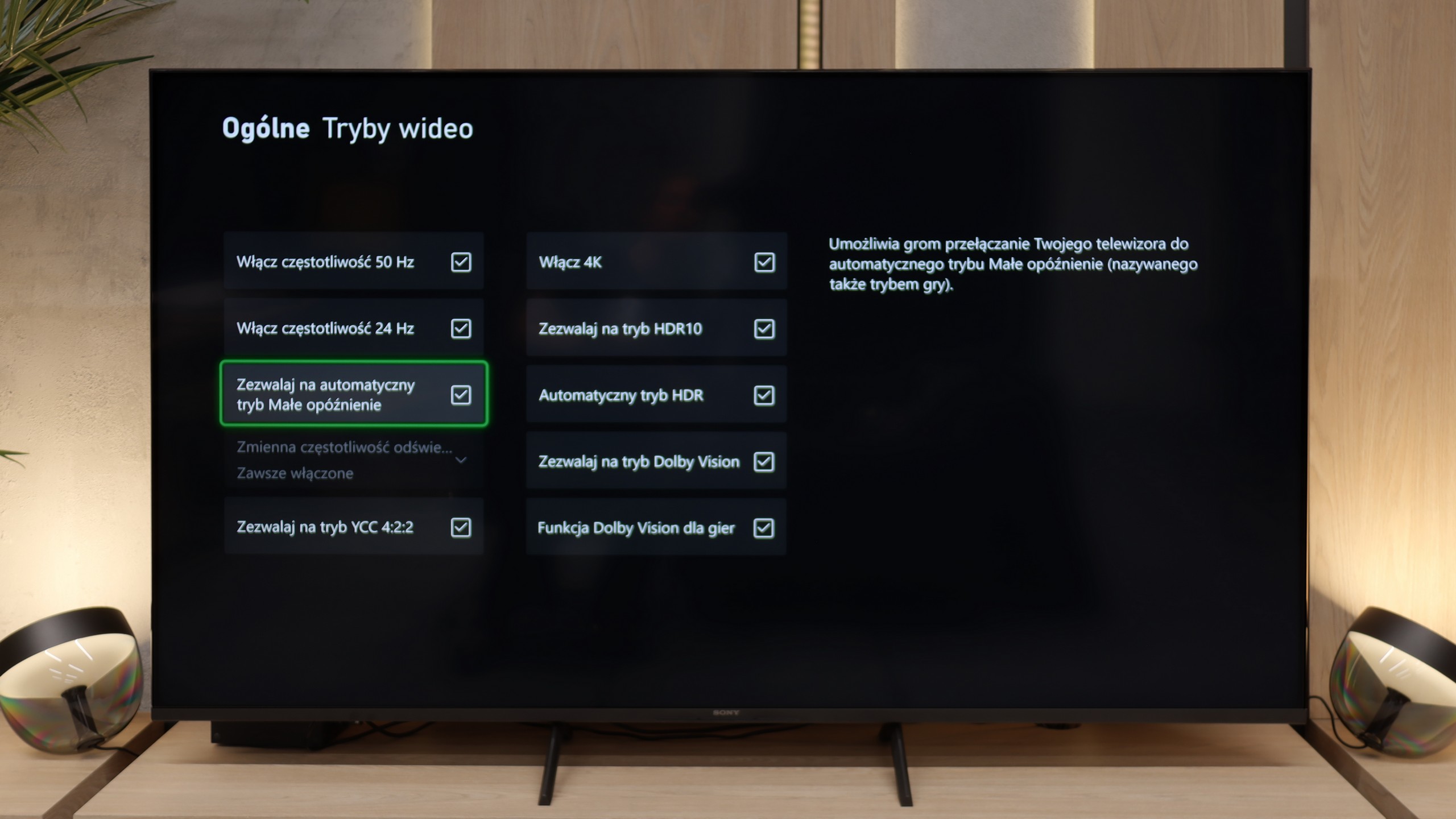

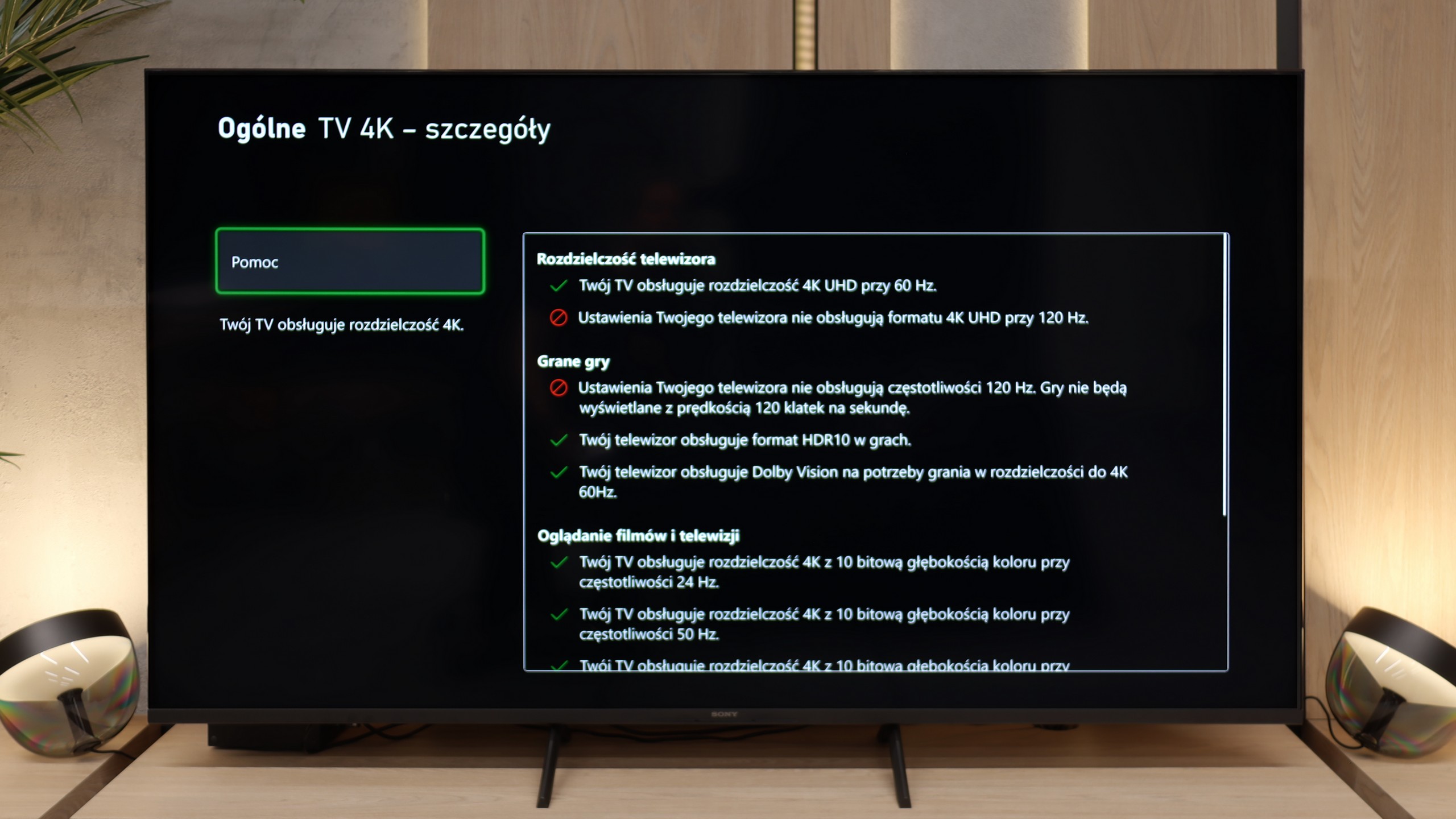

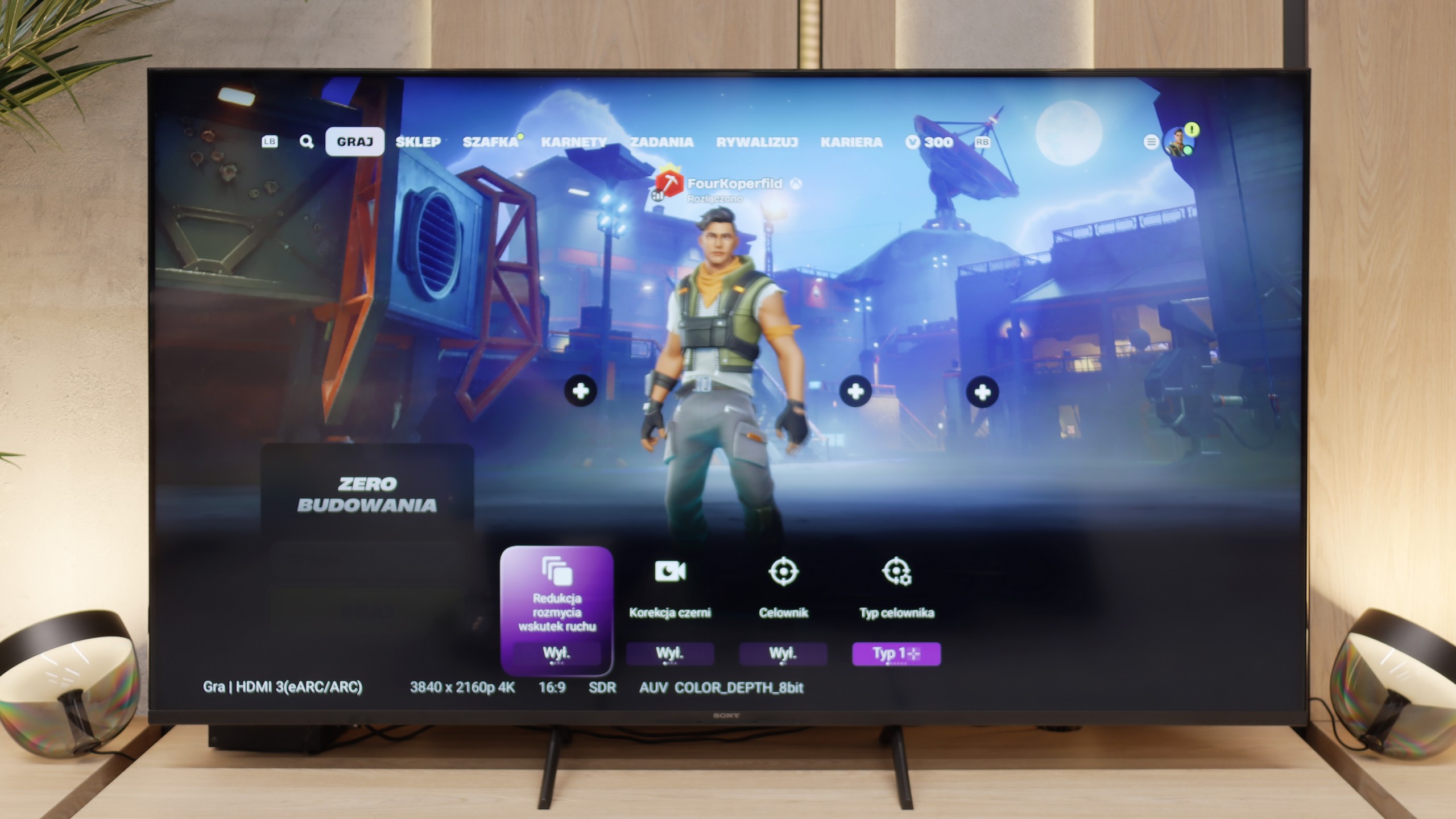

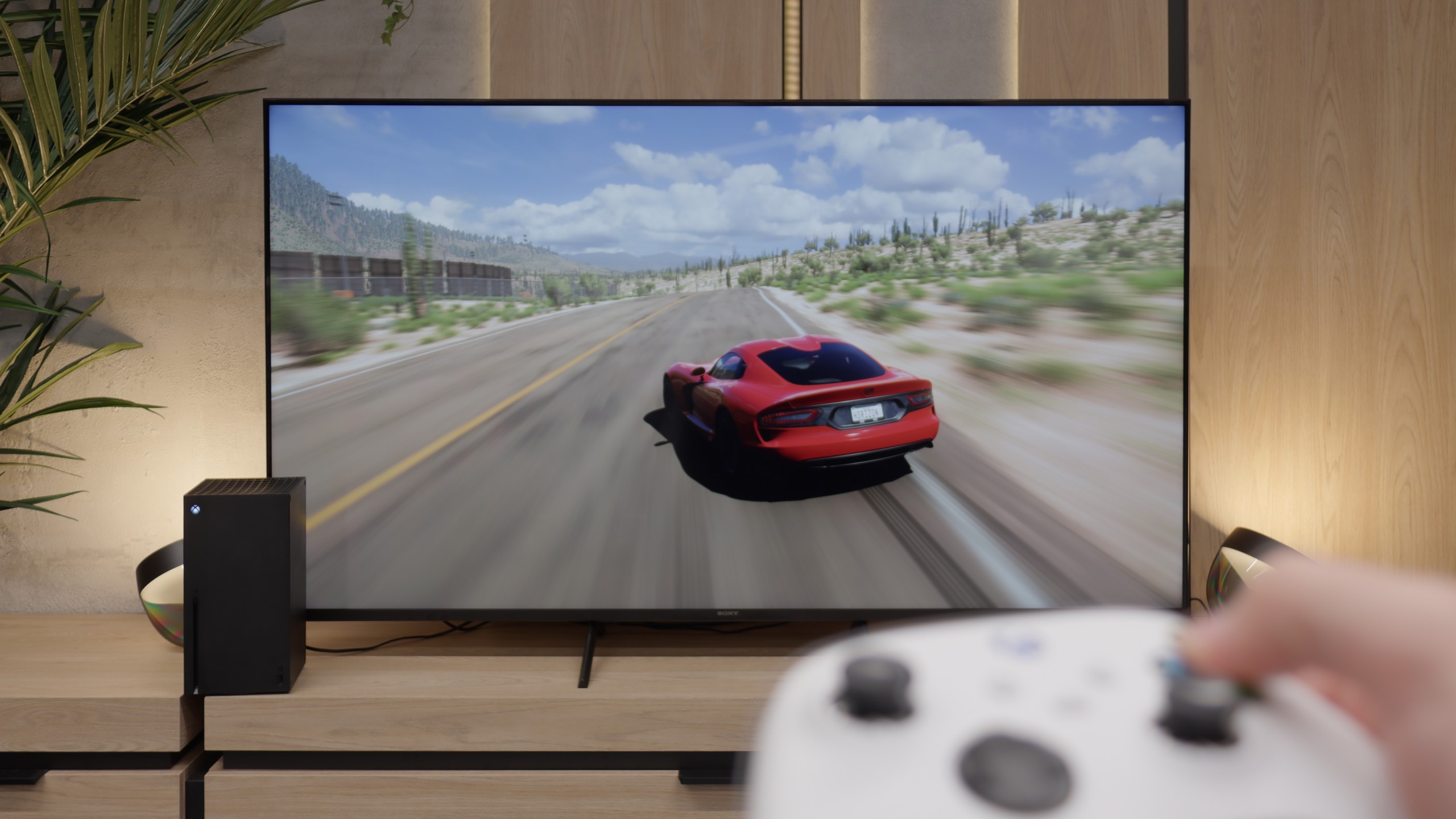
Hisense U7NQ offers everything a gamer might need for comfortable gameplay. The TV supports a refresh rate of 144 Hz, providing an incredibly smooth image, especially in dynamic action games. The VRR (Variable Refresh Rate) feature ensures that the image adapts to changing frames per second, eliminating stuttering and tearing. Additionally, there is an ALLM (Auto Low Latency Mode) feature that automatically switches the TV to game mode, minimizing input lag.
The TV also supports Dolby Vision, which is particularly important for gamers who value high contrast and vivid colors in games that support this format. The Hisense U7NQ also has a Game Bar feature that allows quick access to essential settings during gameplay, as well as support for G-Sync technology, which further reduces image tearing.
Unfortunately, despite the wide range of features, support for the most popular HDR format in gaming — HGiG — is lacking. This may be disappointing for gamers who expect optimal detail representation in HDR scenes. Nevertheless, the remaining features make the Hisense U7NQ a solid choice for any console gaming enthusiast.
Bravia 3 is not a device for e-sports enthusiasts or fans of late-night marathons with a controller in hand. The lack of 120 Hz refresh rate and HDMI 2.1 ports wraps up the topic before it can even develop. This is a TV for casual gamers who, after work, want to fire up FIFA or racing games, not for someone who measures every frame in a spreadsheet. Nevertheless, Sony has added a few nice extras so it’s not too barren. ALLM works as it should, automatically switching the TV to game mode (low latency). We even find a simple Game Bar here that is clear. However, the biggest curiosity is the PlayStation Portal app. With it, you can launch games from PS5 wirelessly and immediately see them on the TV screen. It sounds great, but it only takes a few minutes to feel significant delays. In our opinion, it’s more of a showcase of capabilities than something usable on a daily basis. If someone really wants to play, it’s better to connect the console with an HDMI cable right away and forget about wireless problems.
Input lag
9.8/10
10/10
SDR
HDR
Dolby Vision
Input lag on the Hisense U7NQ is at a remarkable level, with a maximum of 16 ms, which is an excellent result even in Dolby Vision mode. This achievement is worth highlighting, as Dolby Vision mode often increases delays in other TV models, but here it has been avoided. Thanks to the low input lag, gameplay is smooth and responsive, which will be appreciated by both casual gamers and more advanced users.
Here, Bravia 3 shows its best side. Delays drop below 12 milliseconds almost in every resolution and mode, so the response to controller movements is instantaneous and there is no feeling of lag. It feels as if the console and the TV are speaking the same language, without any unnecessary pauses or hesitations. The Dolby Vision Gaming mode deserves special attention. In its predecessor, the X75WL model, using this feature was simply a nightmare – input lag could exceed 100 milliseconds, which effectively took away the enjoyment of gaming. In Bravia 3, this problem has been completely eliminated.
Compatibility with PC
8/10
6/10

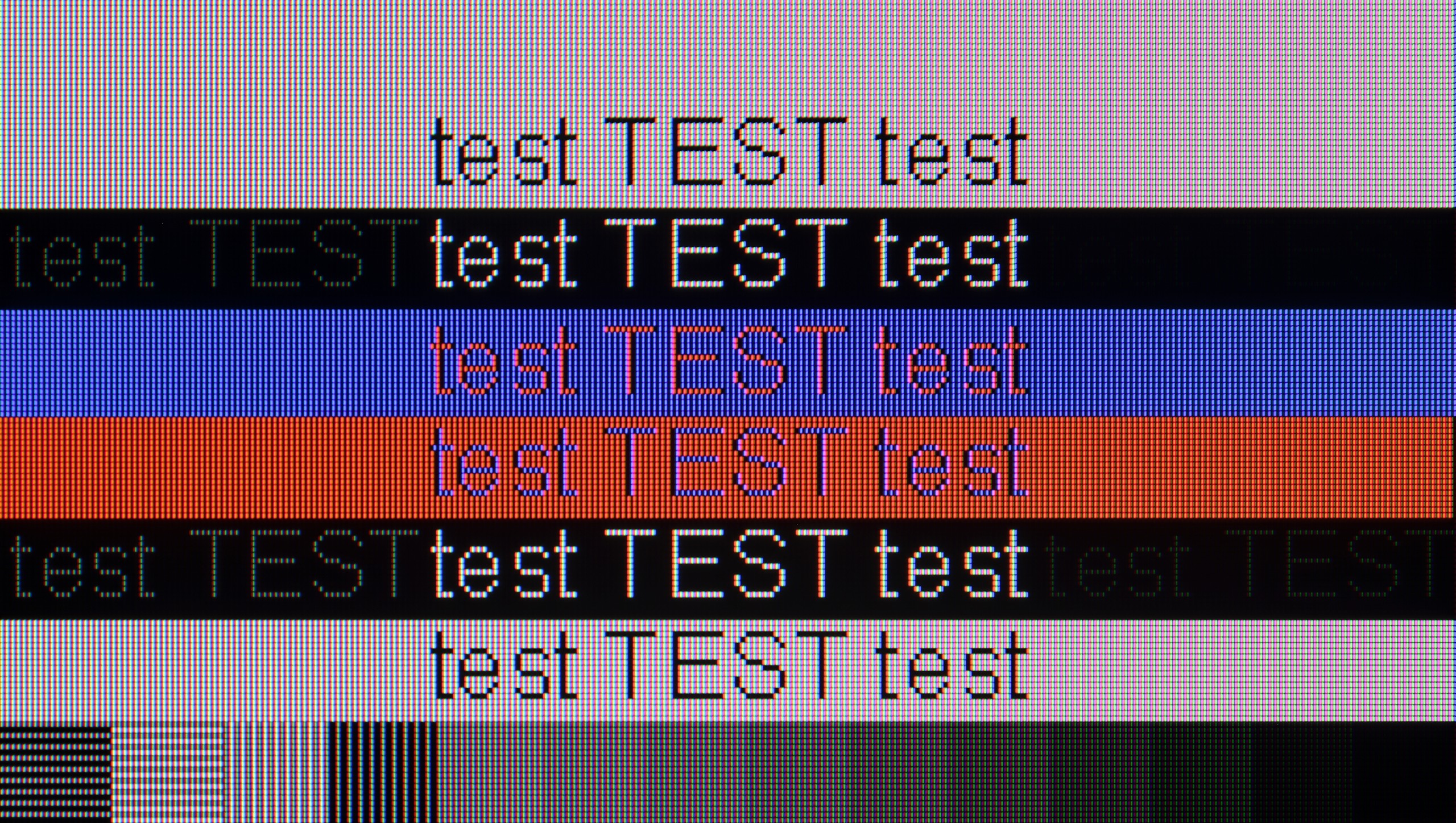
Hisense U7NQ offers full support for chroma 4:4:4, which ensures good font readability, especially when working with text. Overall, the image quality and visibility of characters are at a satisfactory level. However, it is worth noting the issue related to displaying fonts on a dark background — in this situation, the letters become practically invisible, and only vertical subpixels are visible.
The applied IPS matrix, combined with properly functioning 4:4:4 chroma support, ensures that font readability is at an excellent level. Letters appear sharp, regardless of the background color or the content itself, making work with documents or browsing websites easy on the eyes. In this role, the television definitely deserves a very good rating, if not an excellent one, as few models in this budget perform as well. Of course, if we look at the Bravia 3 from a PC gamer's perspective, the picture won't be as rosy. We won't find G-SYNC or Free Sync frame synchronization with graphics cards or high refresh rates here, so for fast-paced computer games, the television is not the best choice. However, in the role of a monitor for work, whether in a home office or a student’s room, it performs excellently, and in this regard, it's really hard to criticize.
Viewing angles
3.1/10
6.6/10
The viewing angles on the Hisense U7NQ are typical for a VA panel. Unfortunately, they leave much to be desired. The television lacks a coating that widens the viewing angles, resulting in a significant drop in image quality when viewed at an angle. Colors become washed out, and contrast noticeably decreases, making this television best suited for viewing directly head-on. This is a limitation that needs to be considered, especially if we intend to watch television in a larger group, where viewers may be sitting at different angles.
Thanks to the applied IPS matrix, colors do not lose intensity as quickly as with screens based on VA panels. Even when watching television in a larger group, when some people sit at an angle, the image remains clear and does not appear washed out. Of course, this is not the level offered by organic OLED matrices, where the image looks identical from almost every position, but for an LCD television, the viewing angles in the Bravia 3 are among the better ones. This provides a sense of comfort and freedom, especially in larger living rooms or during family screenings, where it is difficult for everyone to sit directly in front of the screen.
TV efficiency during daytime
7.6/10
4.9/10

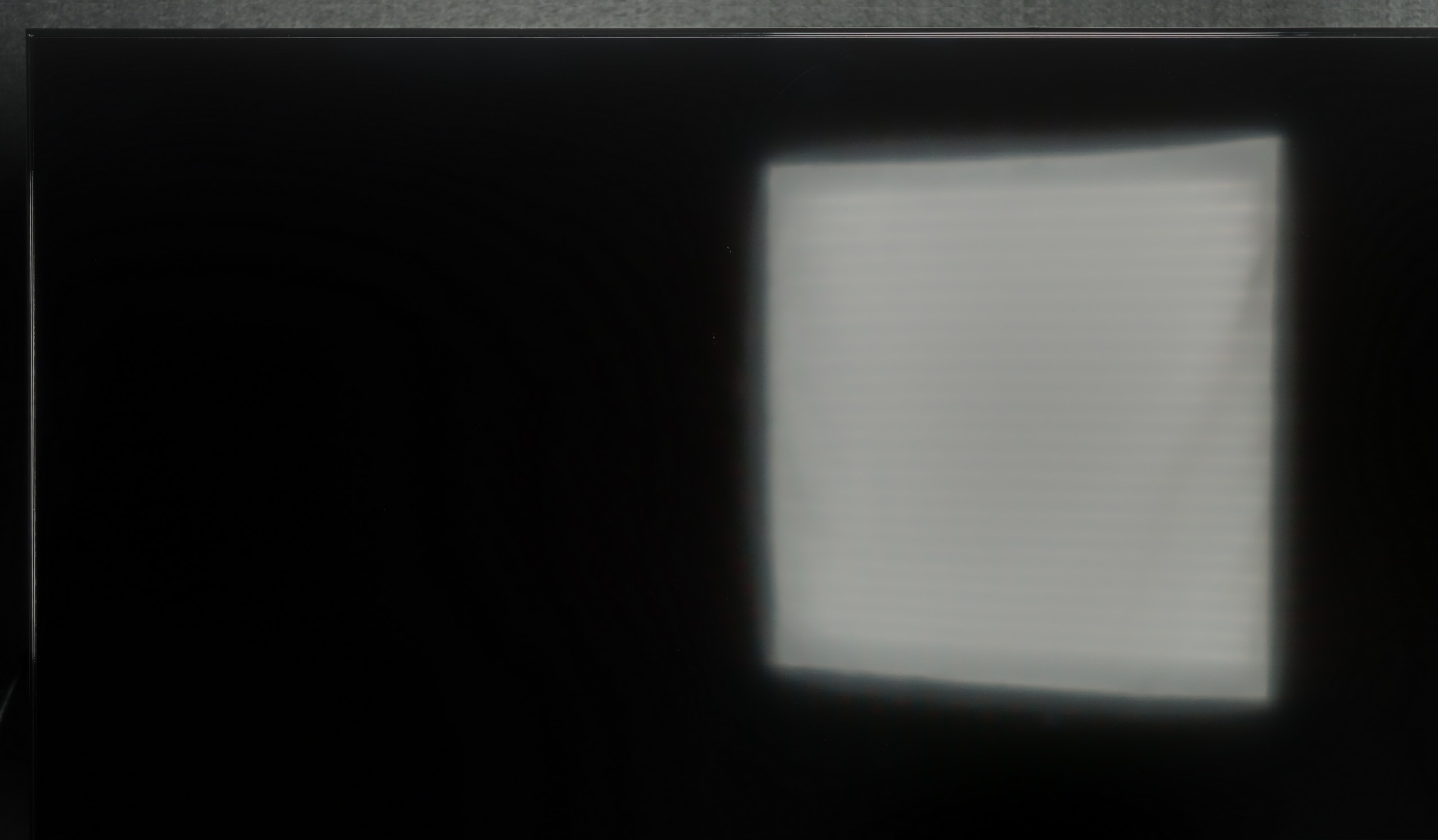

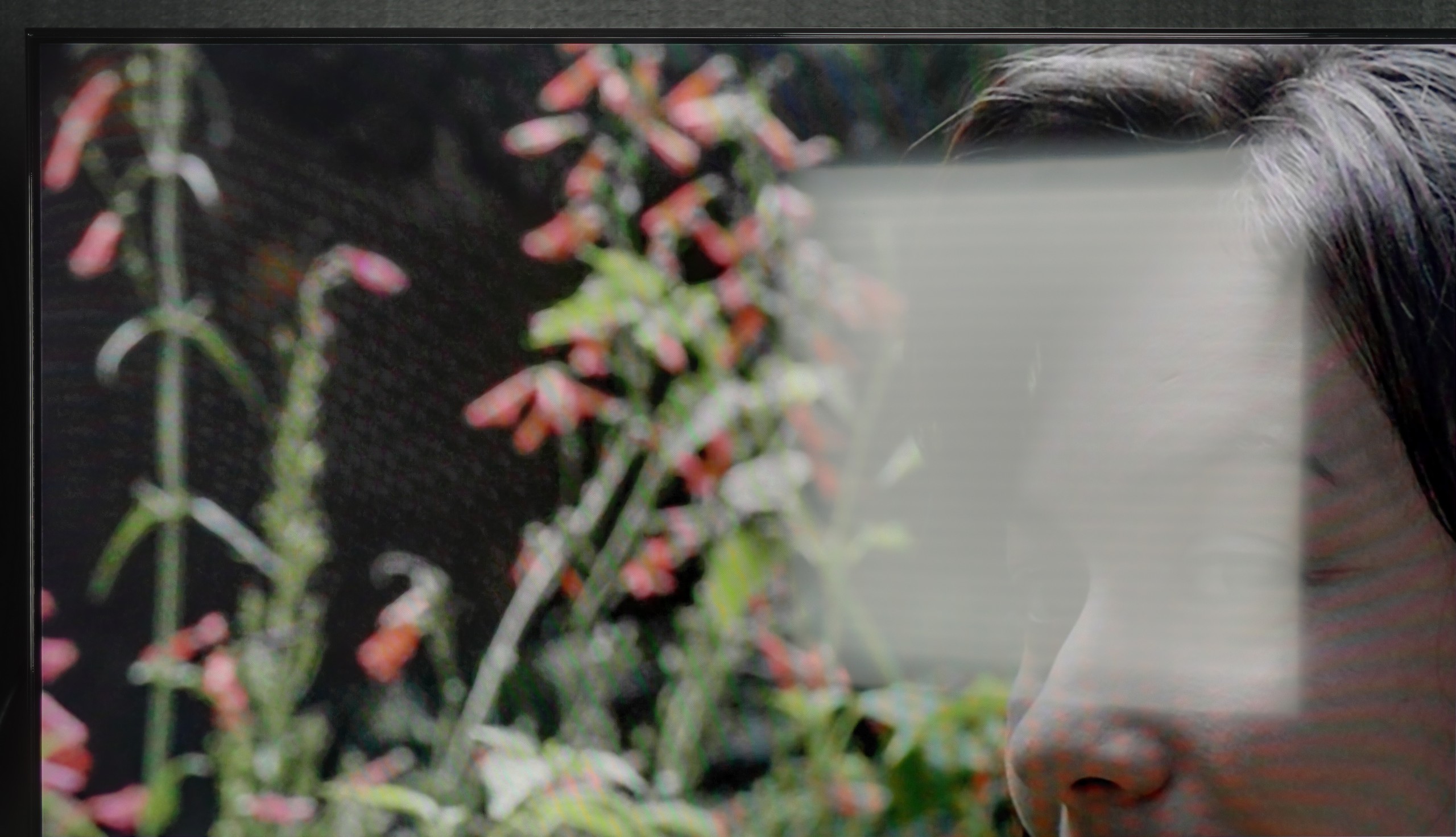
Matrix brightness
Average luminance SDR
SONY BRAVIA 3: 337 cd/m2
Hisense U7NQ: 915 cd/m2
Hisense U7NQ is equipped with a matte coating panel that moderately suppresses reflections. Nevertheless, a brightness level of 915 cd/m² is impressive and ensures that the television performs very well even in bright rooms. With such high brightness, watching content during the day is not a problem, and the image remains clear and legible even with a large amount of external light.
The Bravia 3 performs quite decently against daylight. The applied satin coating on the screen effectively reduces reflections, and colors do not lose their intensity when stronger light from outside hits the screen. As a result, in typical home conditions, with the blinds open or in a living room with a larger window, the image maintains its readability. However, it is important to remember that this is not a high-brightness television. The Bravia 3 has no chance of competing with brighter models, so in very sunlit rooms, there are moments when the screen simply cannot compete with the intense light. Under normal conditions, it handles well, but in more challenging scenarios, one should not expect miracles.
Details about the matrix
Subpixel Structure:

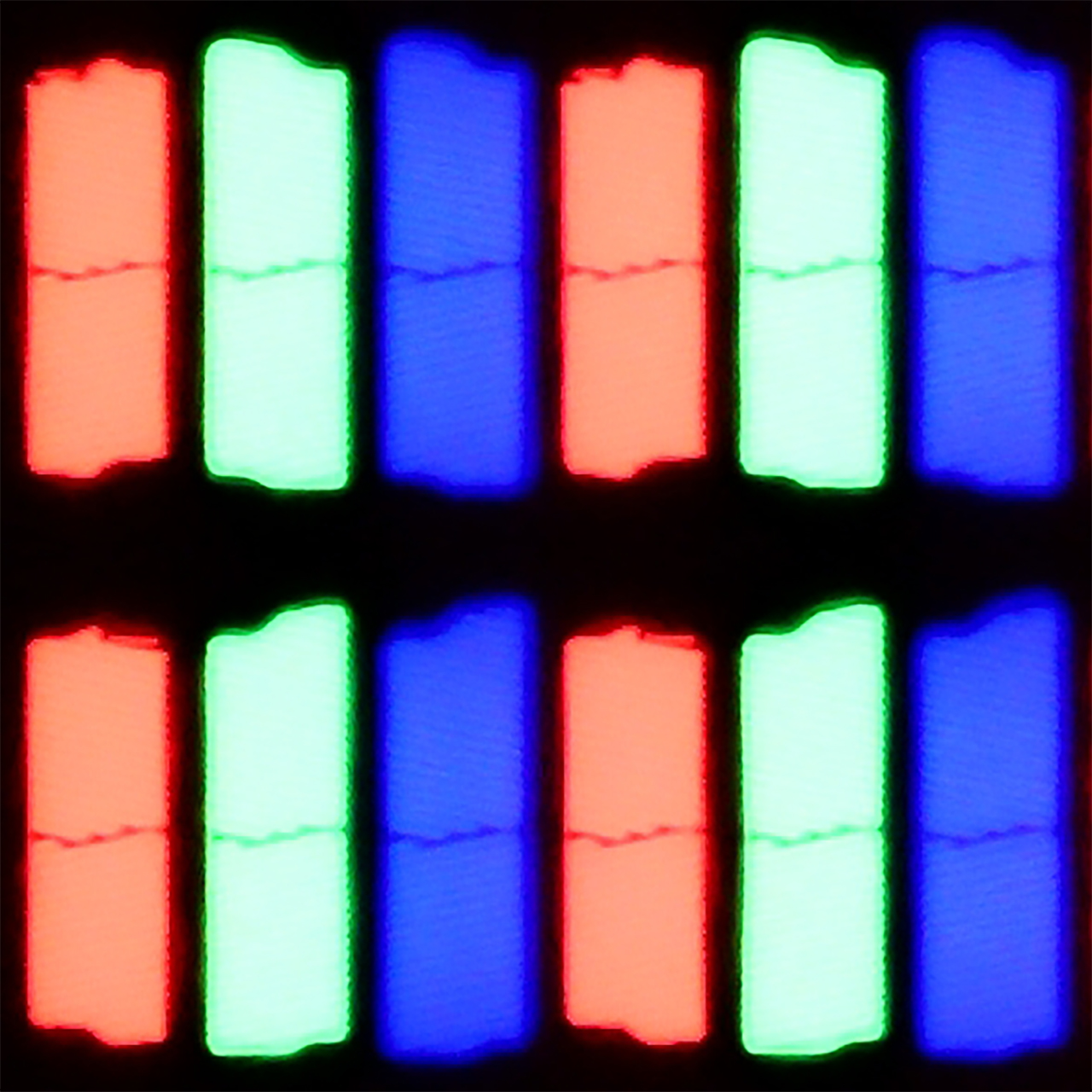
Panel uniformity and thermal imaging:

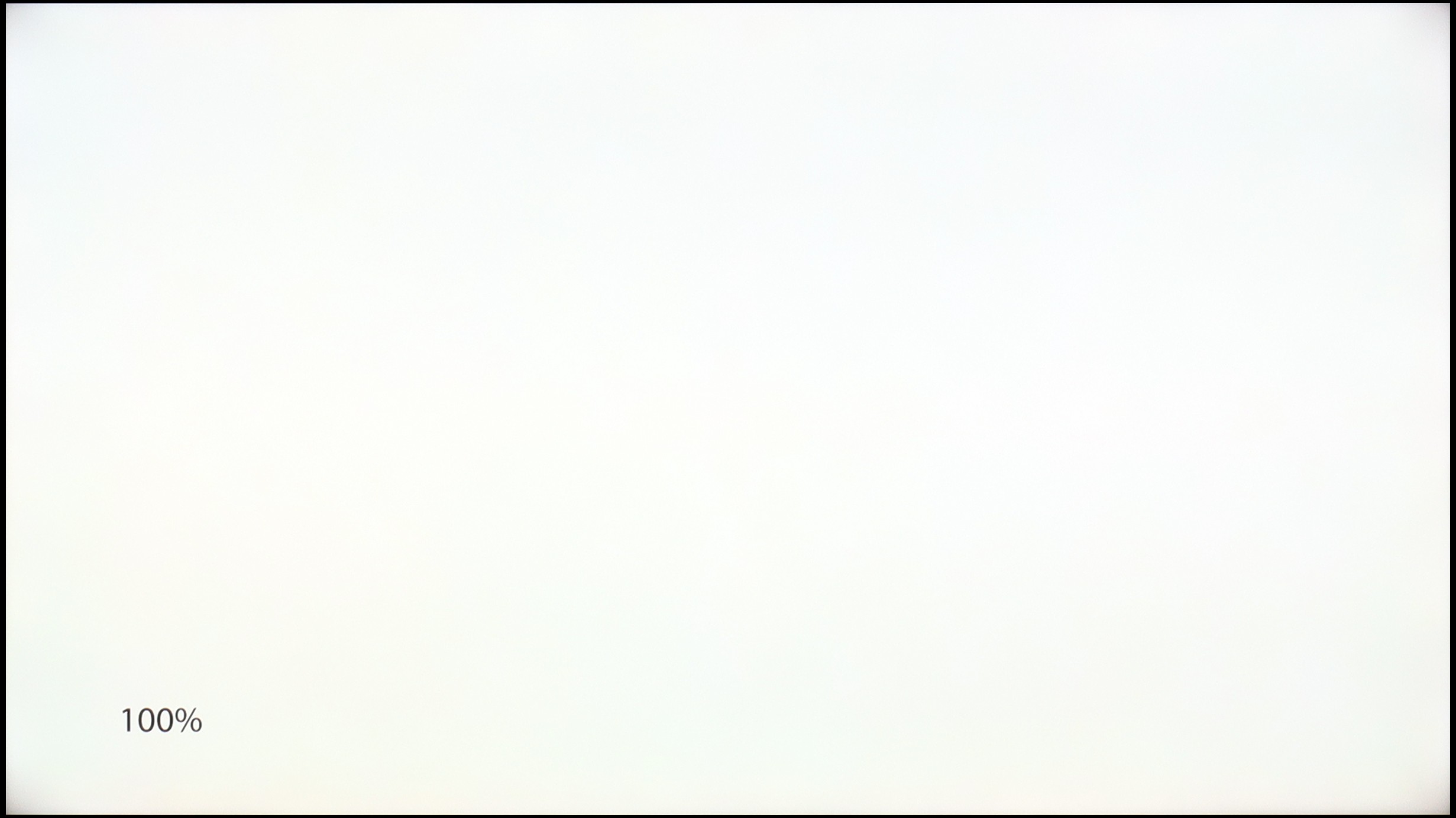
Hisense U7NQ
SONY BRAVIA 3
TV features
9/10
6.6/10
- HDMI inputs2 x HDMI 2.0, 2 x HDMI 2.1 48Gbps4 x HDMI 2.0, 0 x HDMI 2.1
- OutputsToslink (Optical audio), eARC (HDMI), ARC (HDMI), Mini-Jack (Headphones)Toslink (Optical audio), eARC (HDMI), ARC (HDMI)
- Network InterfacesWi-Fi 2.4GHz, Wi-Fi 5GHzWi-Fi 2.4GHz, Wi-Fi 5GHz, Ethernet (LAN) 100Mbps
- TV receptionDVB-T, DVB-T2, DVB-S, DVB-S2, DVB-CDVB-T, DVB-T2, DVB-S, DVB-S2, DVB-C
Classic features:
- Recording to USB (terrestrial TV)
- Recording programming
- Picture in Picture (PiP)
- RF remote control (no need to aim at the screen)
- Backlit remote control
- Teletext
- Audio only mode
- Bluetooth headphones support
- Simultaneous Bluetooth headphones & TV audio
Smart features:
- AirPlay
- Screen mirroring (Windows Miracast)
- Voice search
- Voice search in native language
- Ability to connect a keyboard and mouse


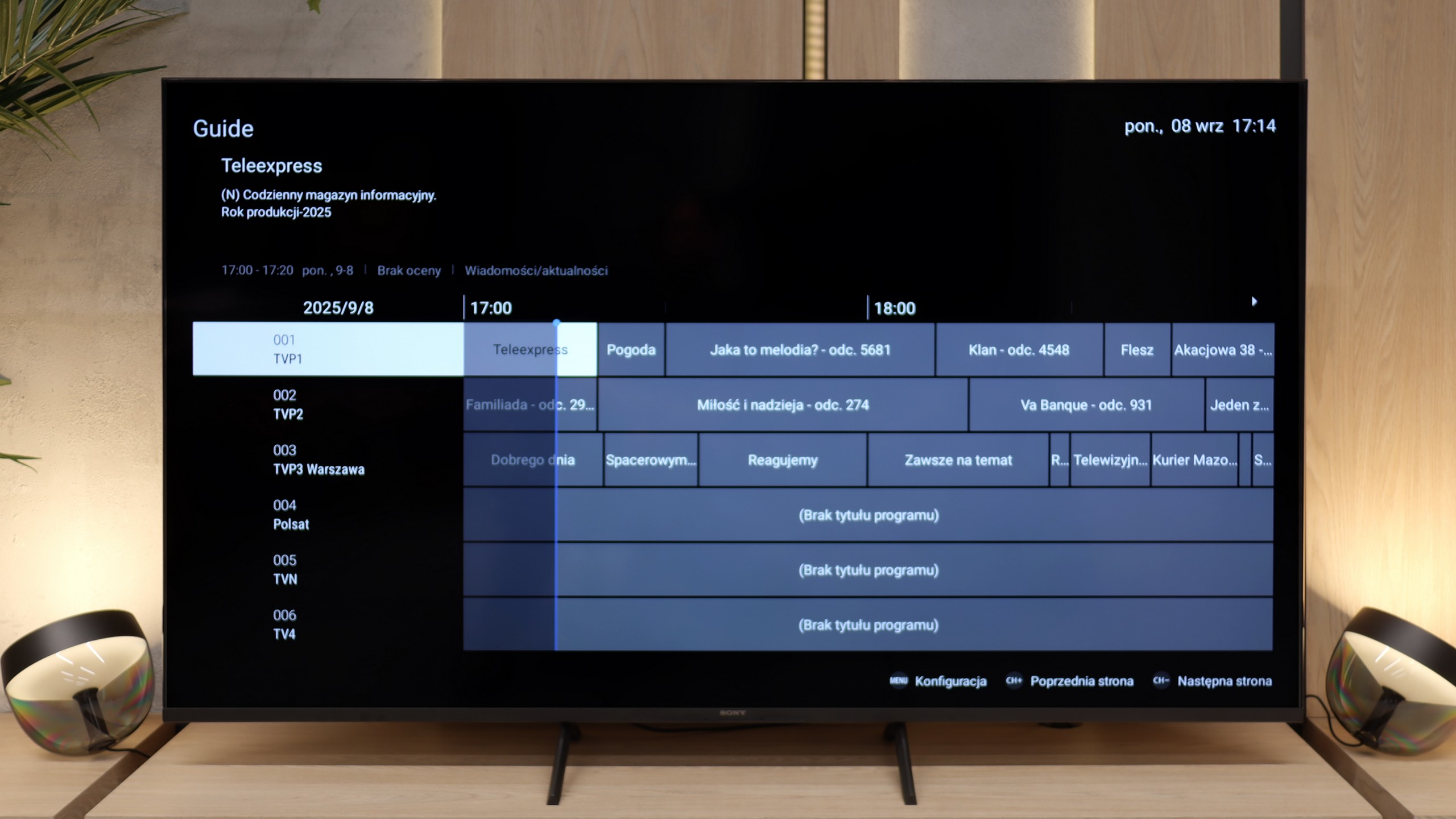
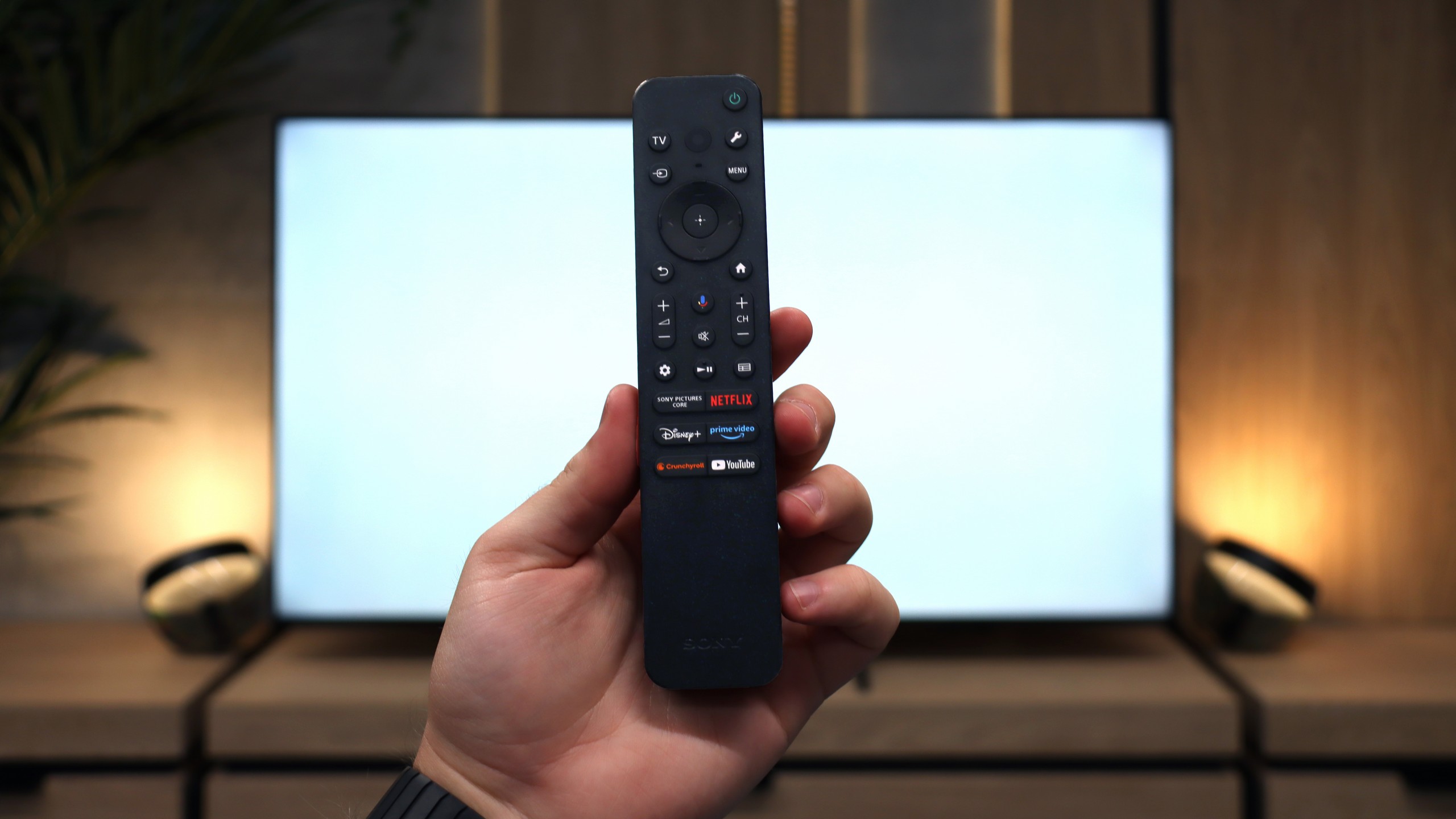
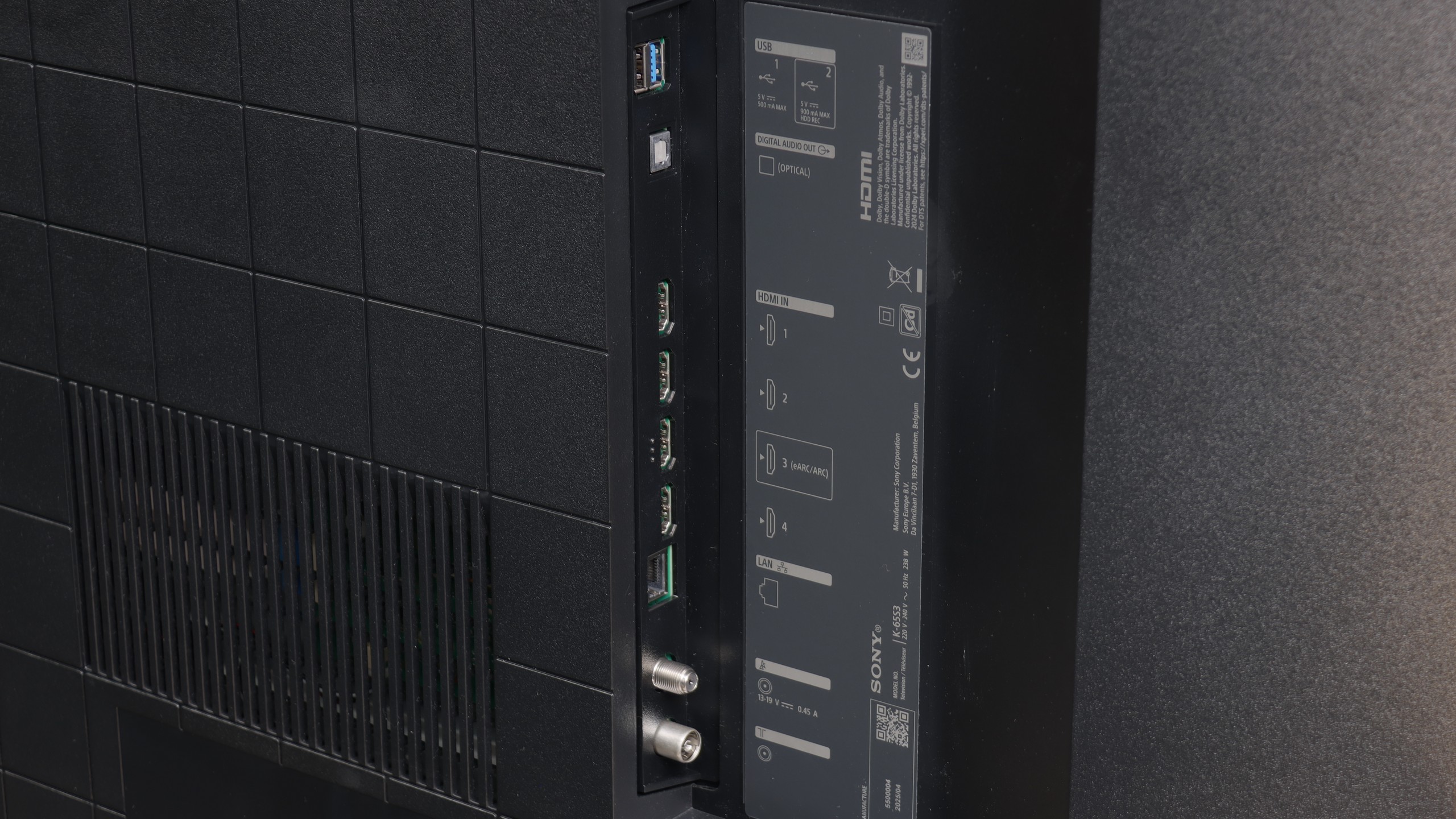
Hisense U7NQ uses the VIDAA operating system, which generally works quickly and smoothly, offering a user-friendly interface. There are plenty of applications available, but unfortunately, it lacks music apps like Spotify or Tidal. This is a limitation that may discourage users looking for a more developed app ecosystem.
The TV offers many useful user features that enhance its versatility. The ability to record programs, support for AirPlay, and Bluetooth for connecting various peripheral devices mean that the Hisense U7NQ can successfully serve as a central point for home entertainment.
Hisense U7NQ looks modern thanks to its narrow bezels and elegant single stand that pairs well with the rest of the device. However, the device itself is not among the sleekest on the market, especially compared to competing models from Korean manufacturers known for their exceptionally thin TVs. Despite this, Hisense U7NQ still offers an aesthetic and stylish design that will easily fit into most interiors.
Smart TV Features
The biggest advantage of the Bravia 3 in everyday use is the presence of the Google TV system. Thanks to it, we have access to one of the largest libraries of applications and streaming services, so regardless of whether someone mainly uses Netflix, Disney+, or smaller platforms, everything is at their fingertips. The Google Assistant also worked very well, as it was able to respond to our commands quite "smartly." The Google TV system in theory should work very smoothly because Sony has been implementing it better than many cheaper competitors for years. Unfortunately, in the case of the Bravia 3, it is not as great as we would expect. During testing, we noticed slight stutters in the interface, and some functions, such as screen mirroring, simply refused to cooperate. One could get the impression that the processor in this model sometimes struggles with the demanding system, and not everything works as smoothly as we would hope.
Classic Features
Sony, even in the cheapest series, manages to remind us of its experience with various users. In the set, we find as many as two remotes. The first is modern and minimalist, with a small number of buttons, which works great when using applications and Google TV functions. The second is a classic remote with a richer set of keys and a numeric keypad, which will be appreciated especially by older people accustomed to traditional solutions. This is a nice nod to different user groups, and it must be admitted that Sony handled this very practically. It is a pity, however, that compared to the X75WL model, the ability to record content from TV tuners to USB memory has disappeared. The manufacturer has completely eliminated this feature, so if someone was attached to it, they will unfortunately not find it in the Bravia 3.
Playing files from USB
9/10
9.6/10
Supported photo formats:
Maximum photo resolution:

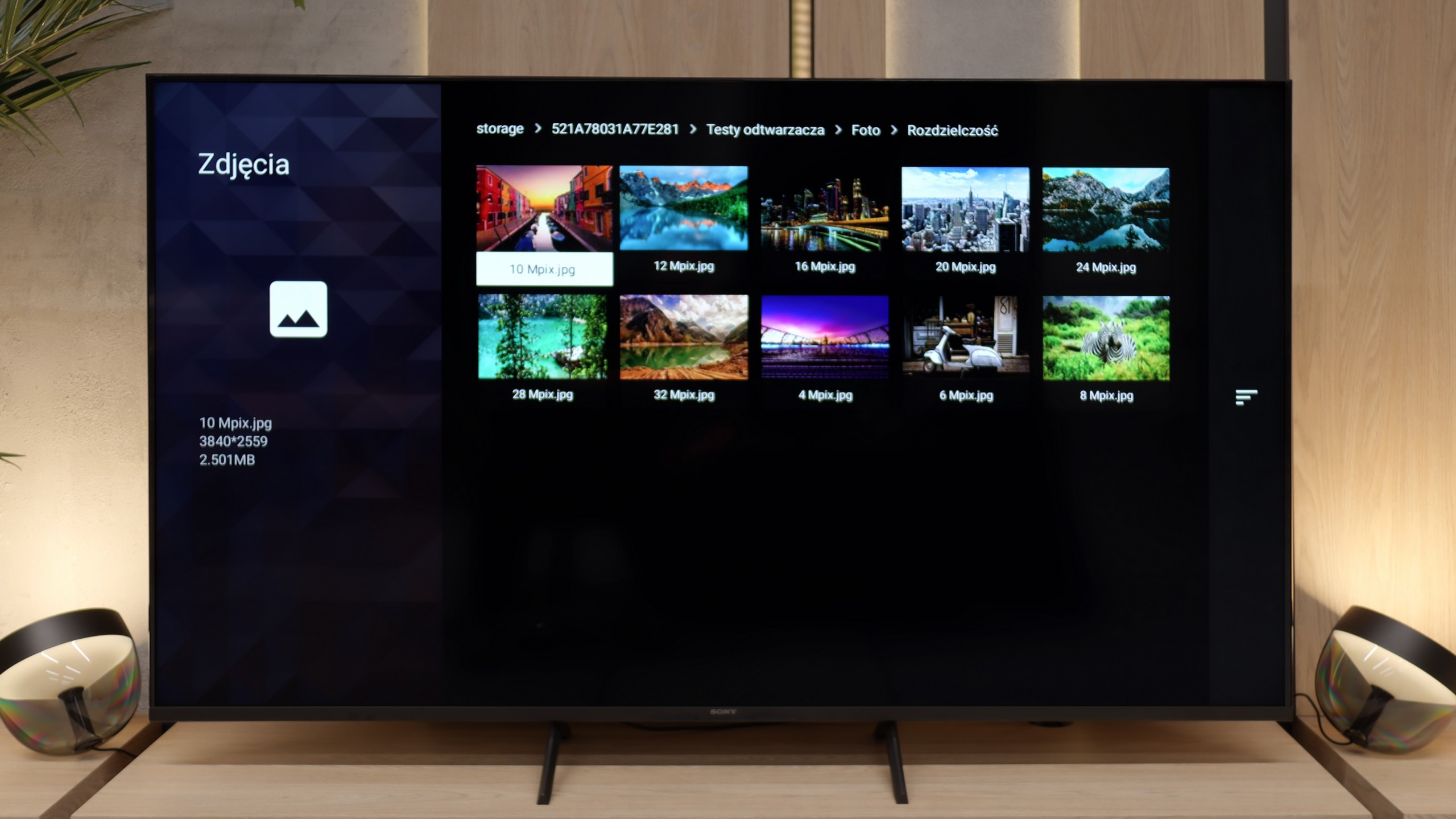
Here Sony really did a great job. The built-in player works quickly and doesn't "struggle" when launching various formats. We didn't need to reach for external applications like VLC because the television handled even files that can cause a lot of problems on other models – such as HEIC photos from Apple devices. It's a small detail, but one that shows the manufacturer wanted the user to have a sense of complete convenience. By plugging a movie onto a USB stick or photos from vacation onto an external drive, you can simply connect them and watch immediately on the big screen. No fussing, no installing additional software, no searching for workarounds. This is really rare in televisions, and it must be admitted that in this aspect, the Bravia 3 pleasantly surprised us.
Apps
7.7/10
9.6/10














































Sound
6.9/10
6.5/10
- Maximum volume85dB88dB
- Dolby Digital Plus 7.1
- Dolby True HD 7.1
- Dolby Atmos in Dolby Digital Plus (JOC)
- Dolby Atmos in Dolby True HD
- DTS:X in DTS-HD MA
- DTS-HD Master Audio
Bravia 3 sounds quite flat, but makes up for it with volume. It is excellent for watching traditional television, as the dialogues are clear and the mid-tones are easily audible. This type of sound profile will be especially appreciated by older users, who primarily care about speech intelligibility. However, if someone expects something more from the sound, such as stronger bass or a wider soundstage, it is still worth reaching for a soundbar. The TV supports modern codecs, including Dolby Atmos and DTS:X, so an external sound system can easily take advantage of their potential. This assures that with a relatively small expenditure, one can achieve a much fuller and more engaging sound.
Sound Quality Test
No sound test video
Acoustic Measurements
No acoustic data
88dBC (Max)
75dBC


